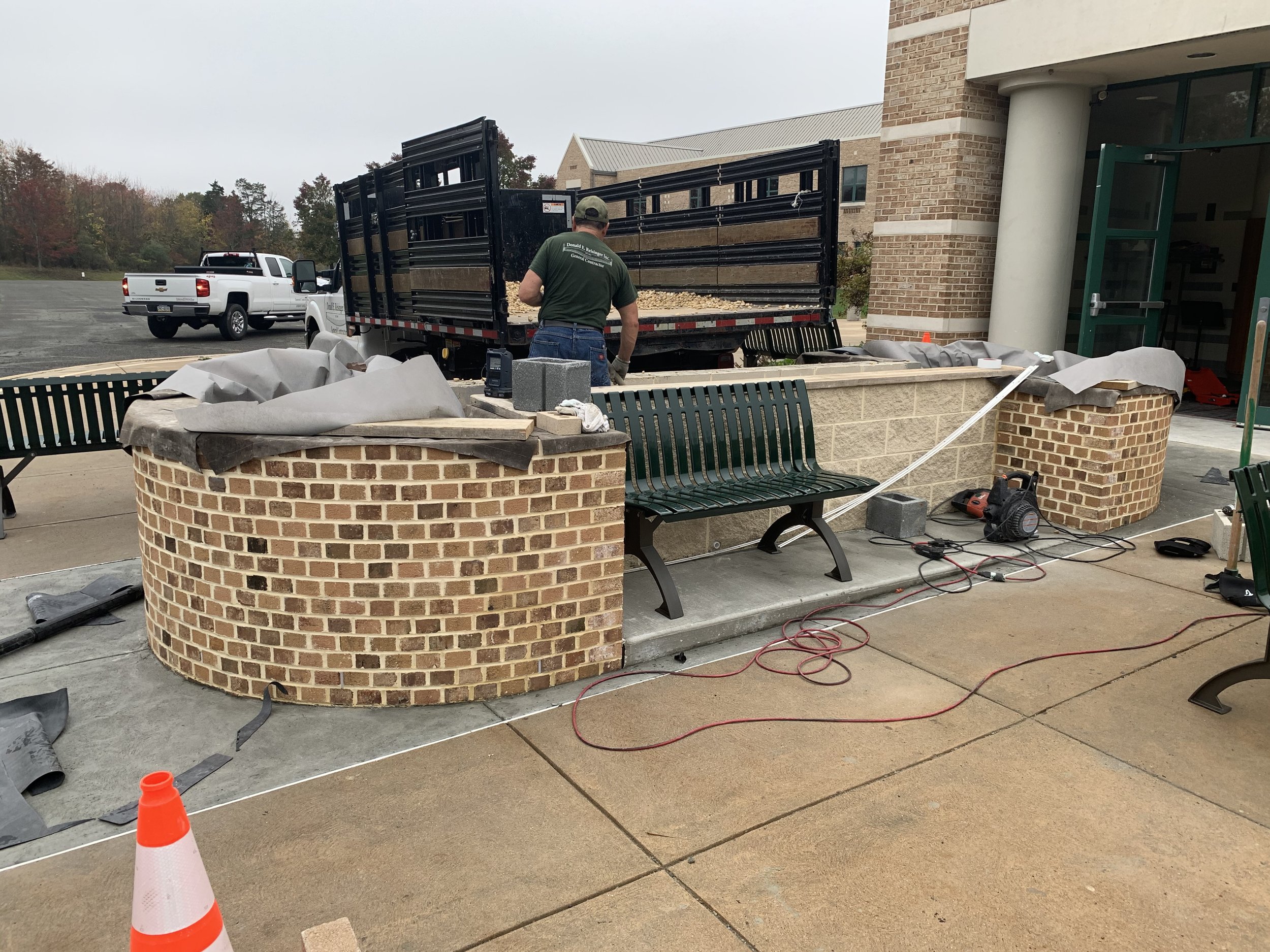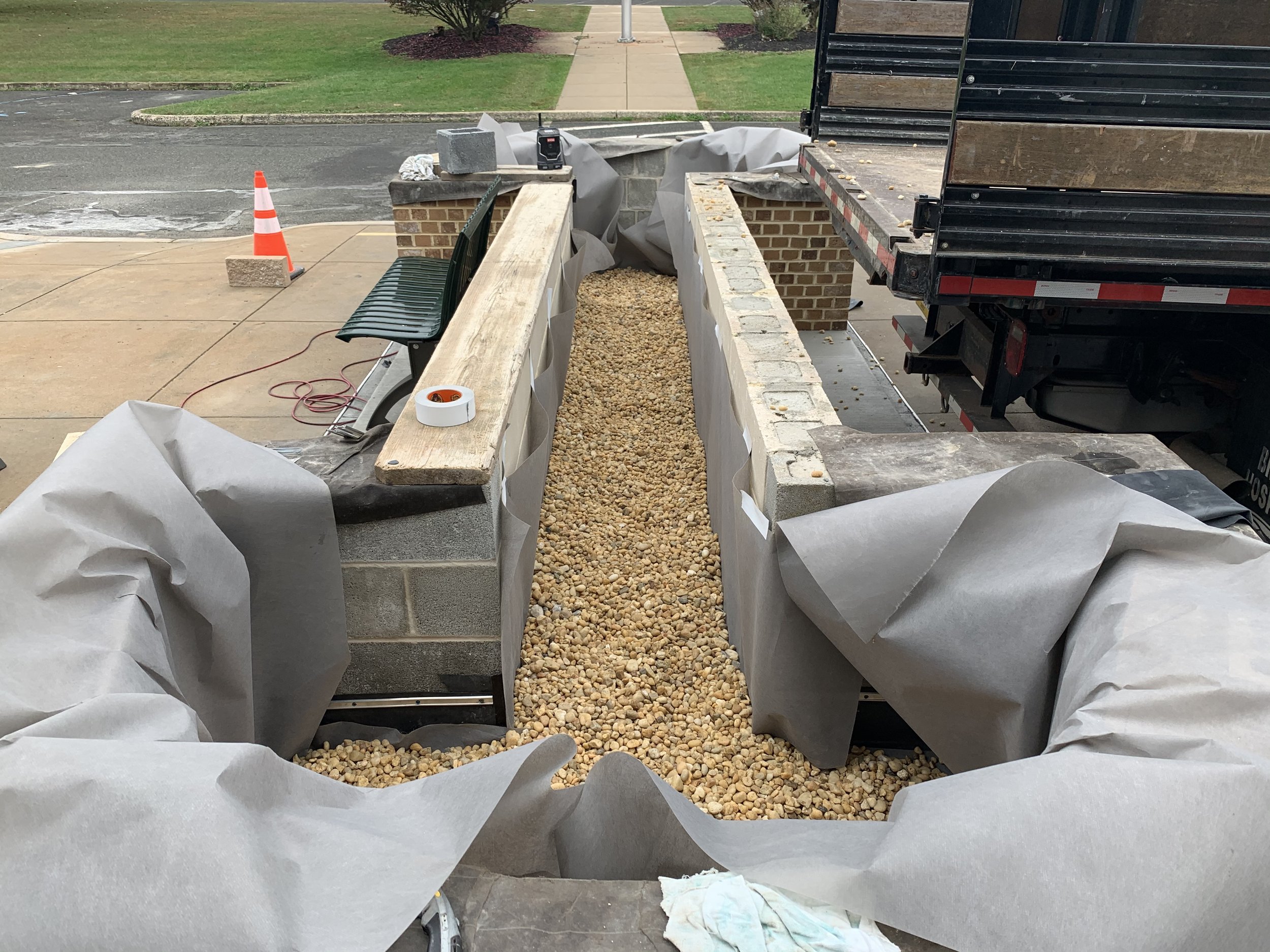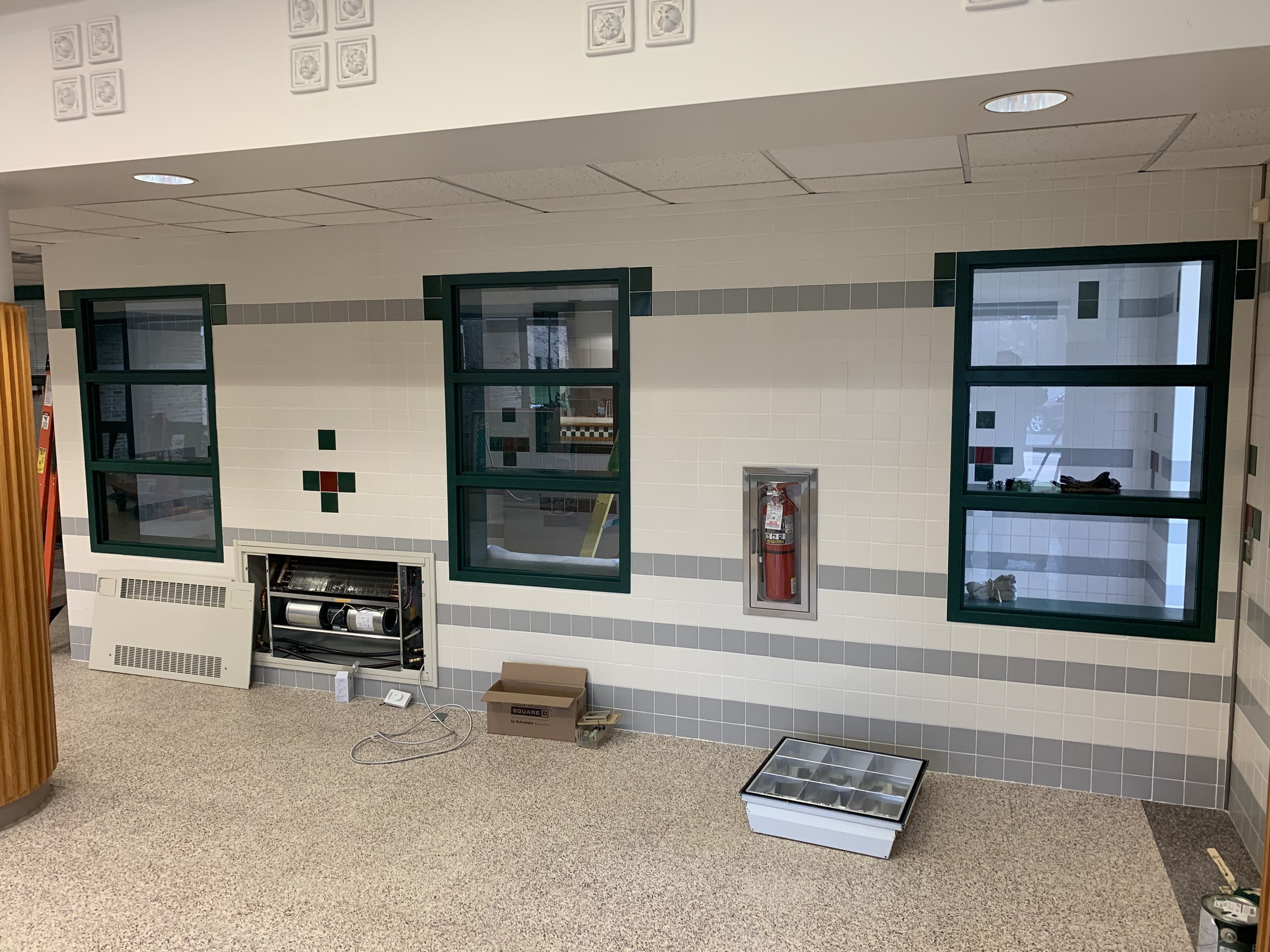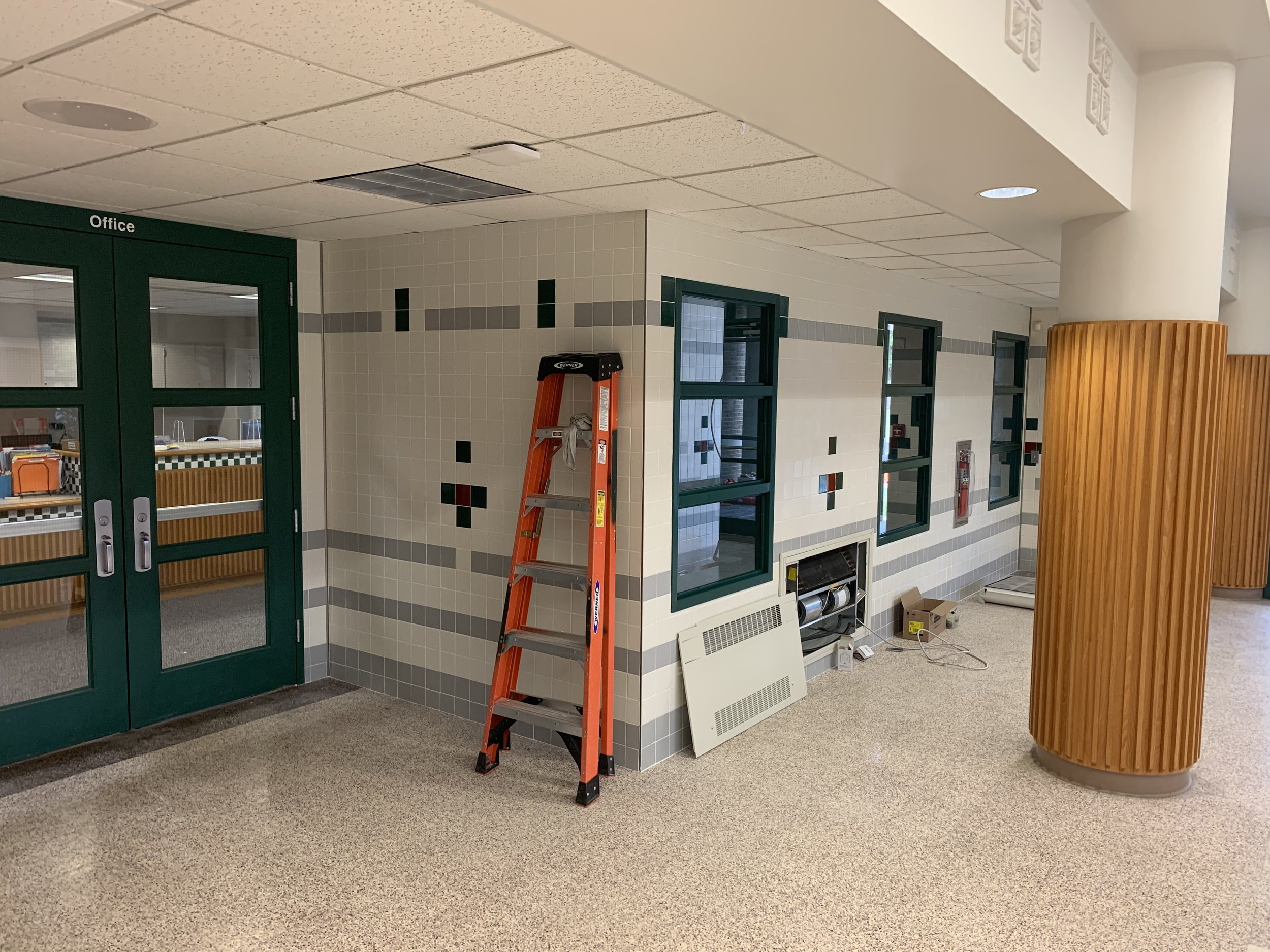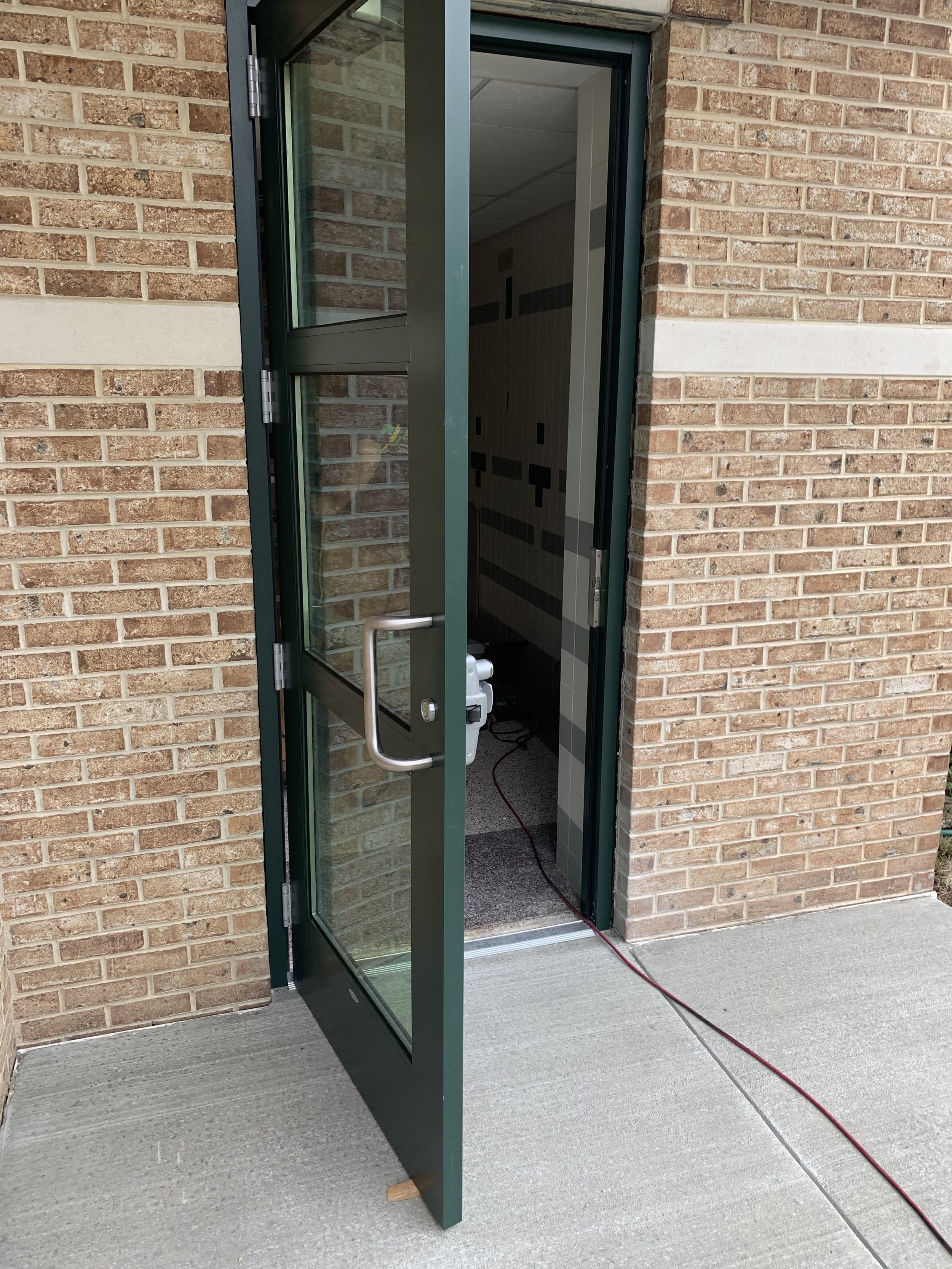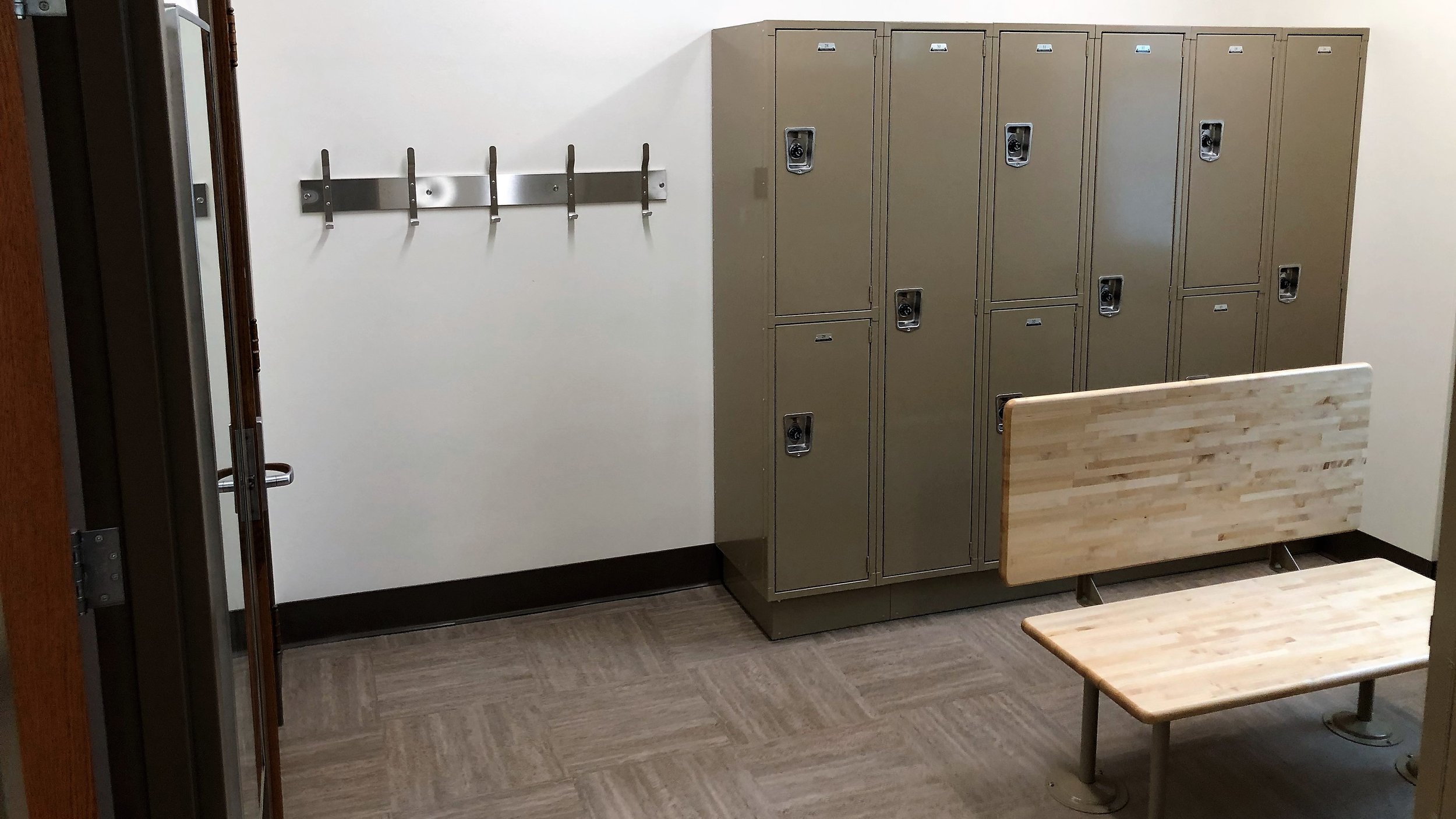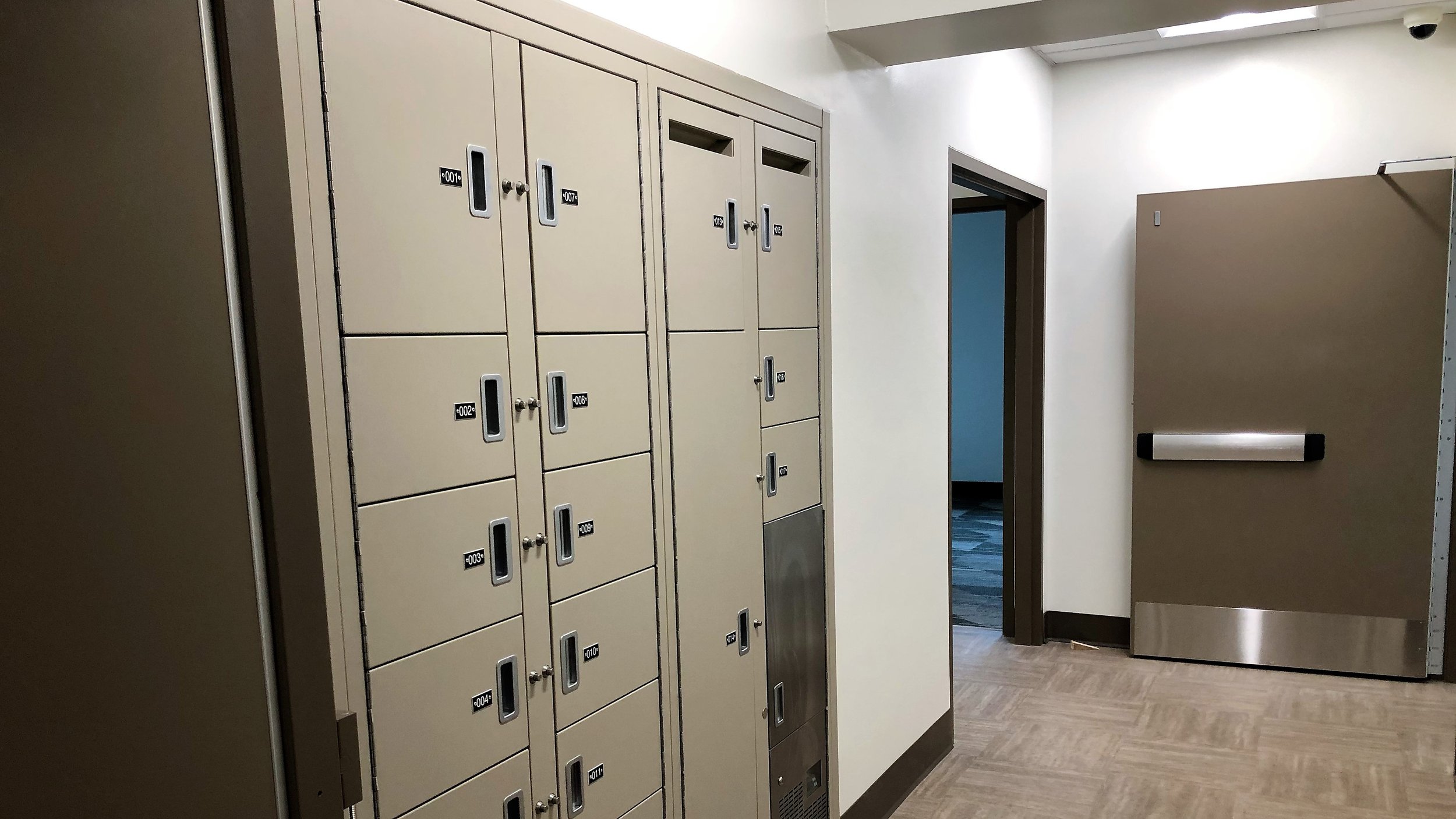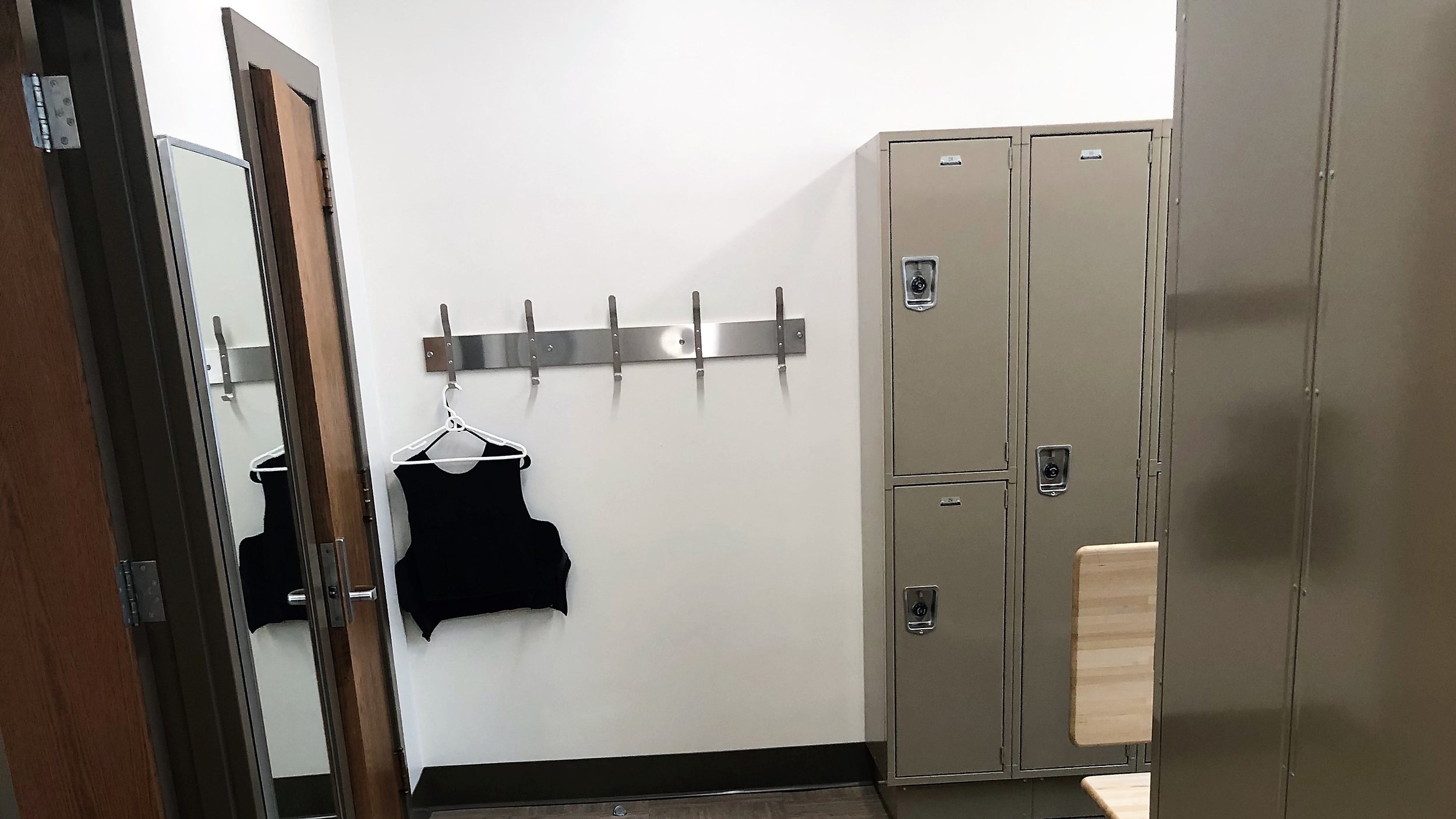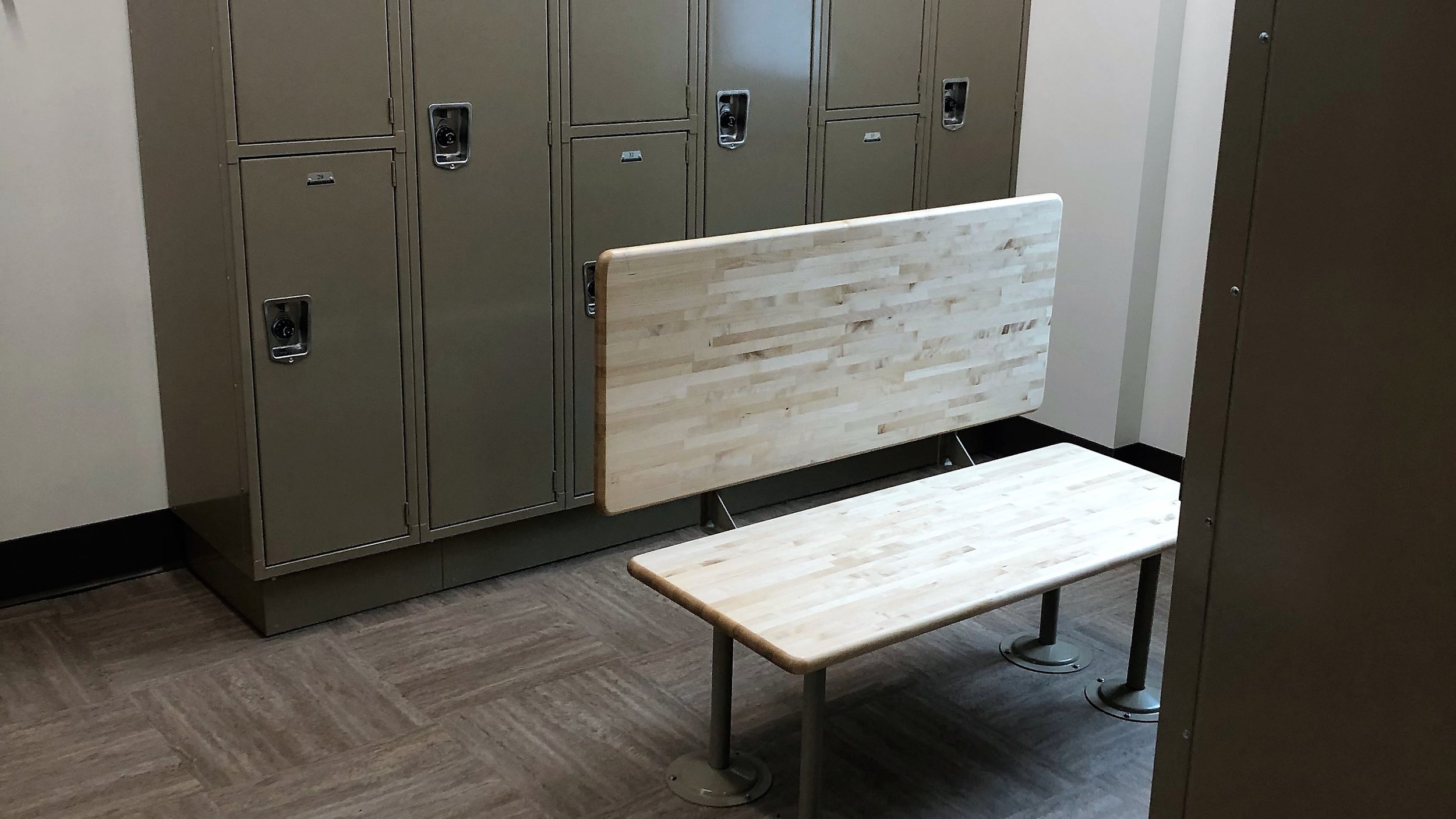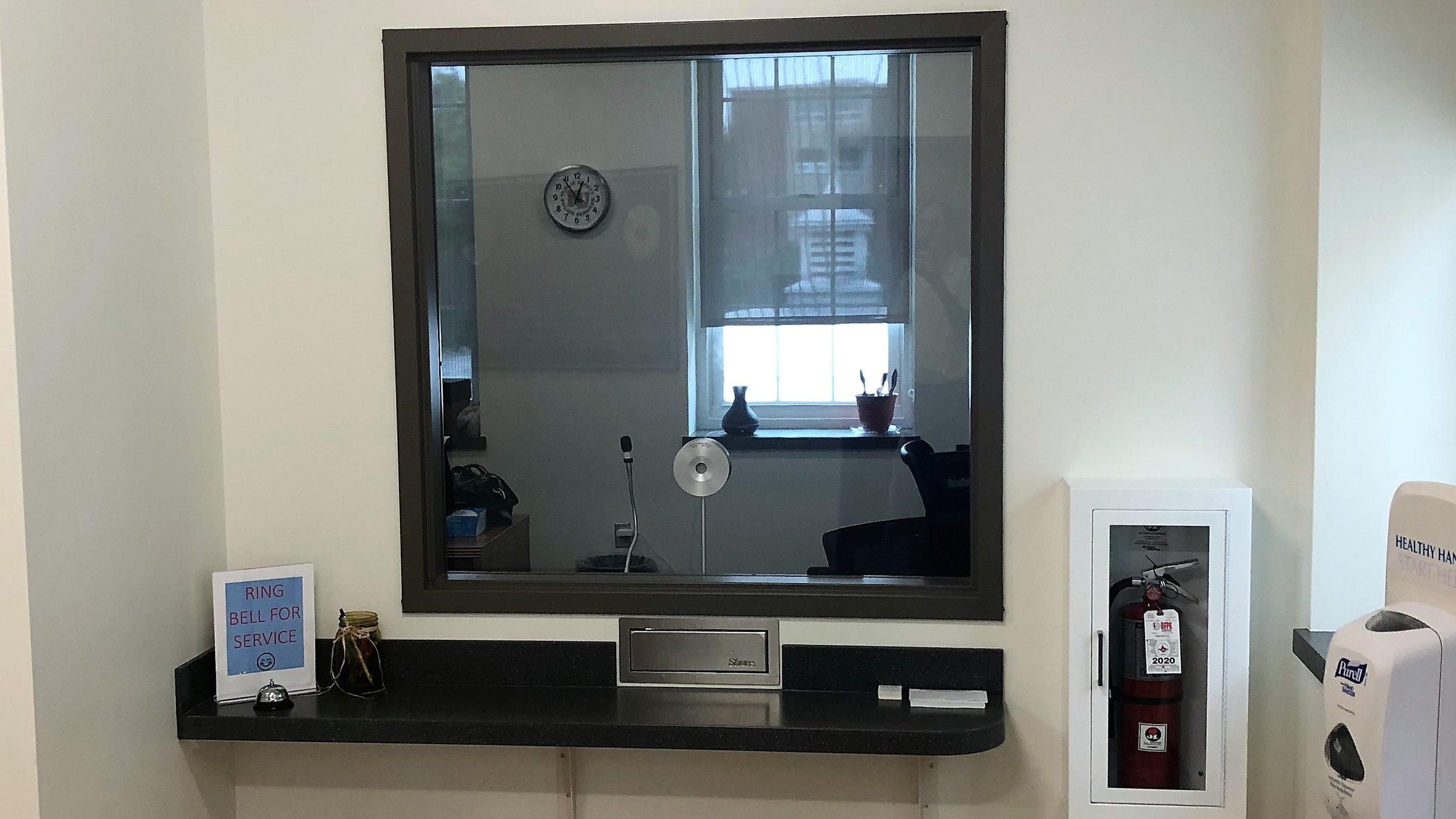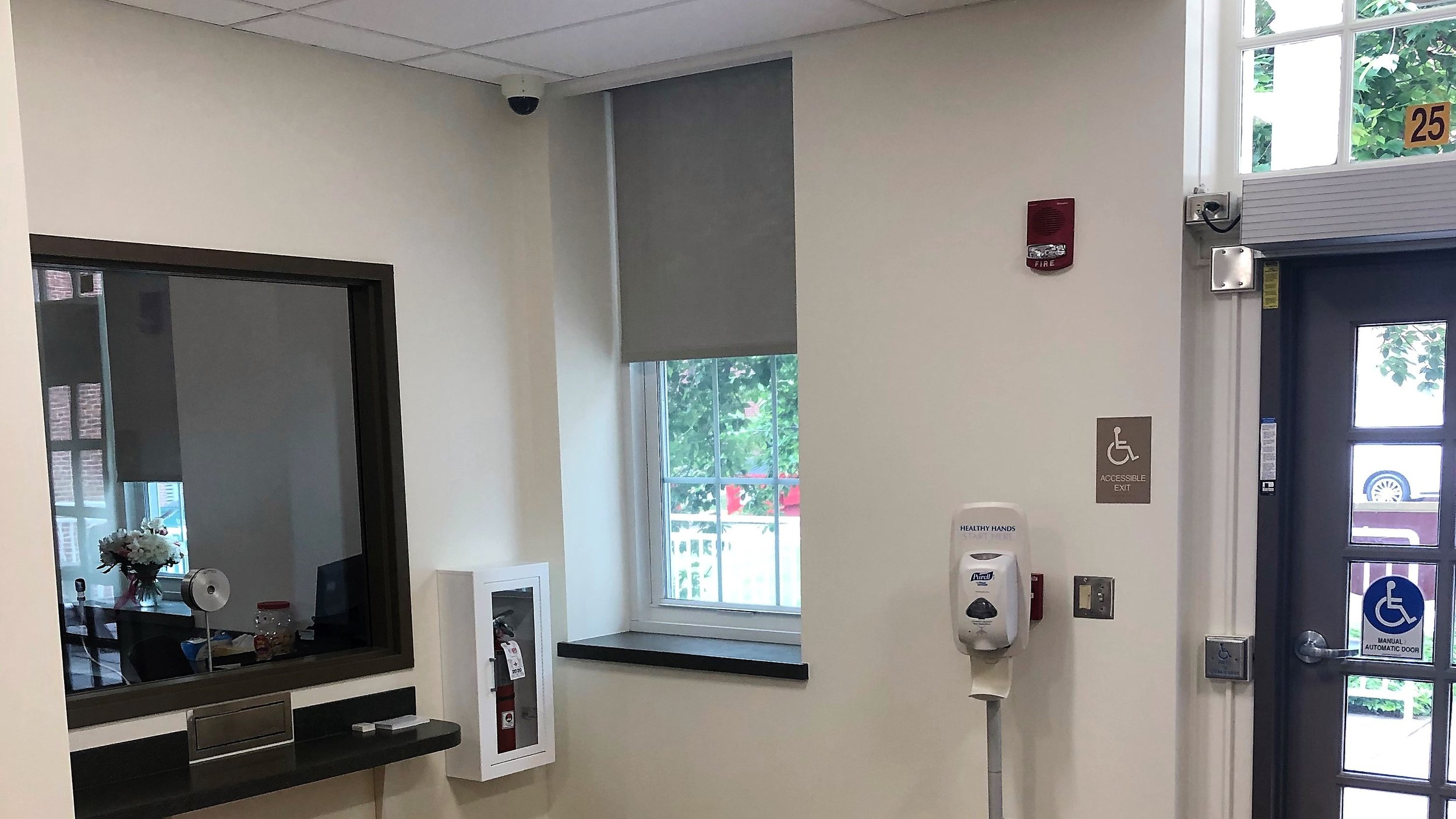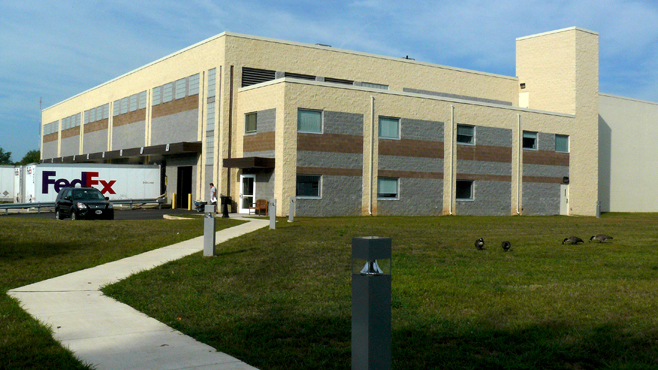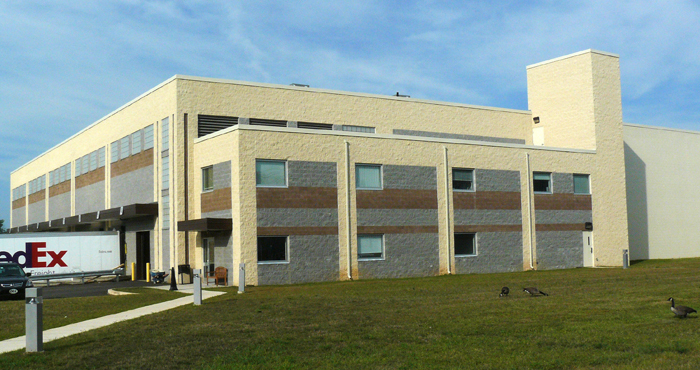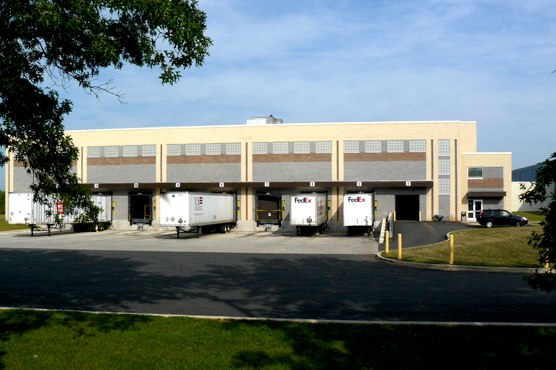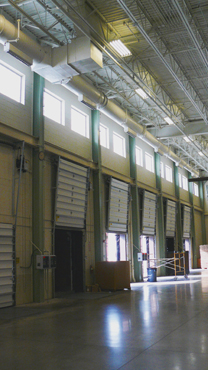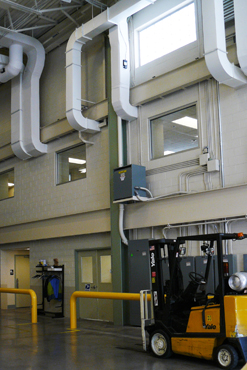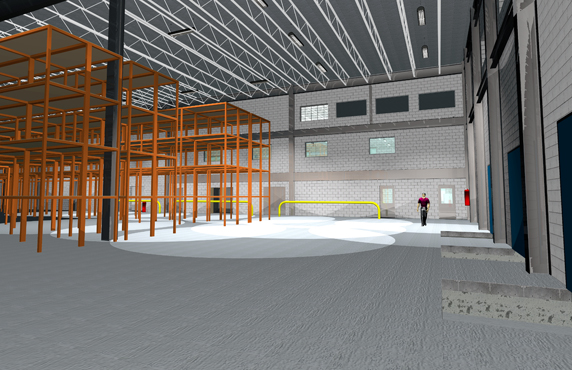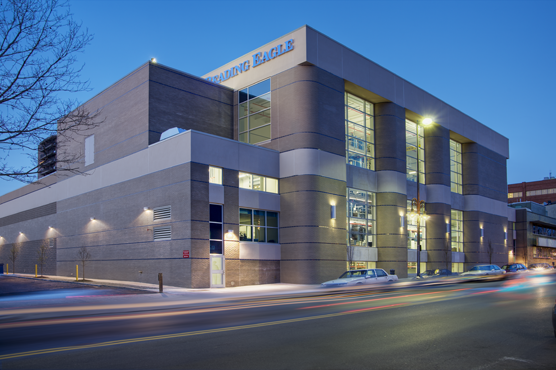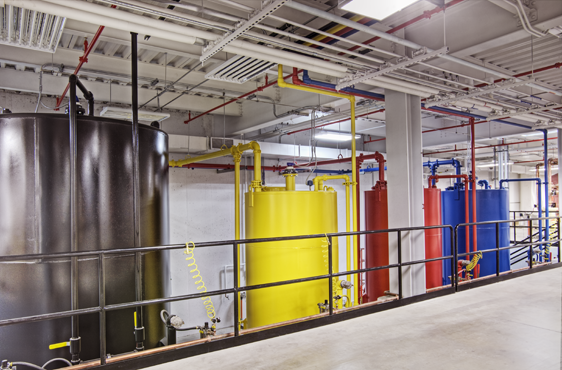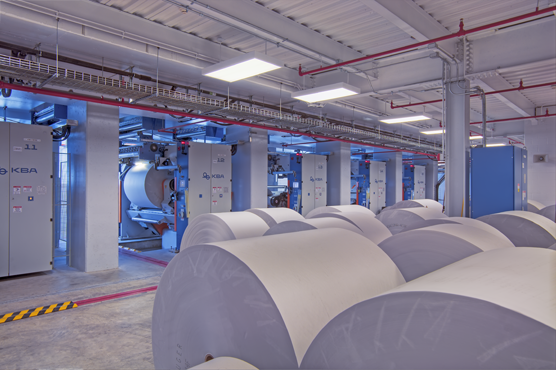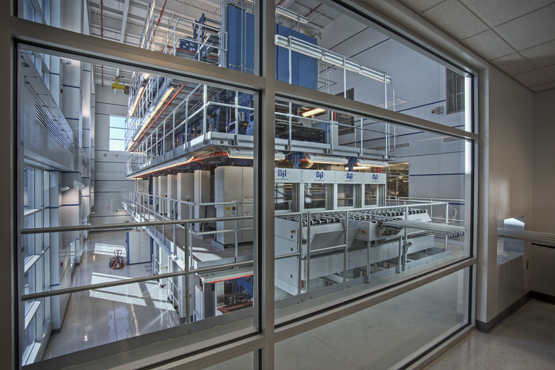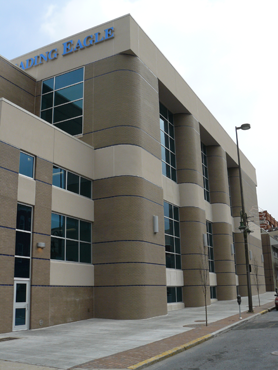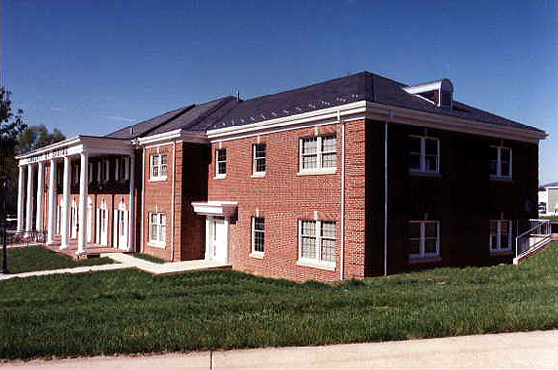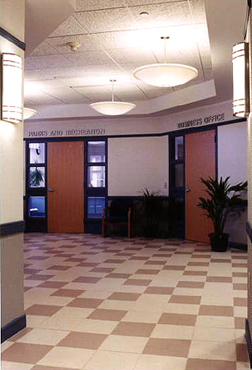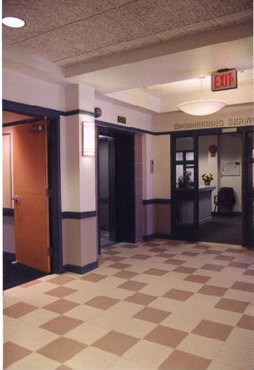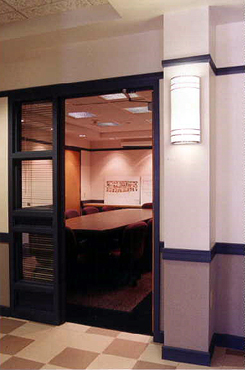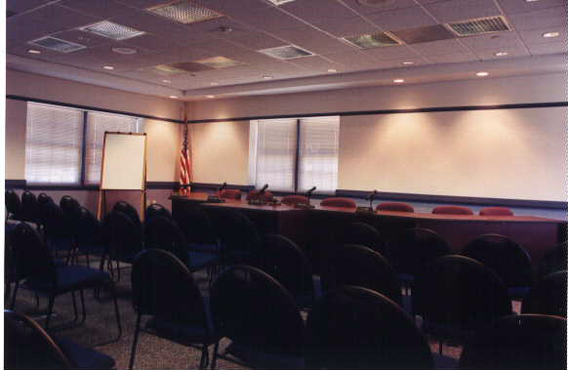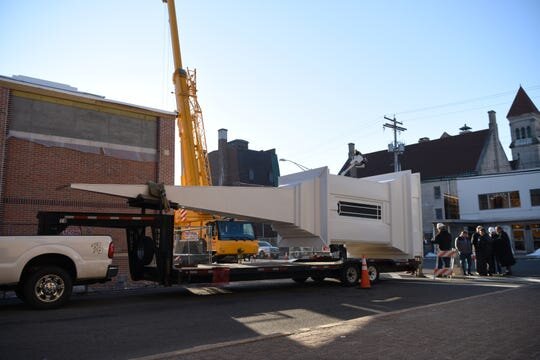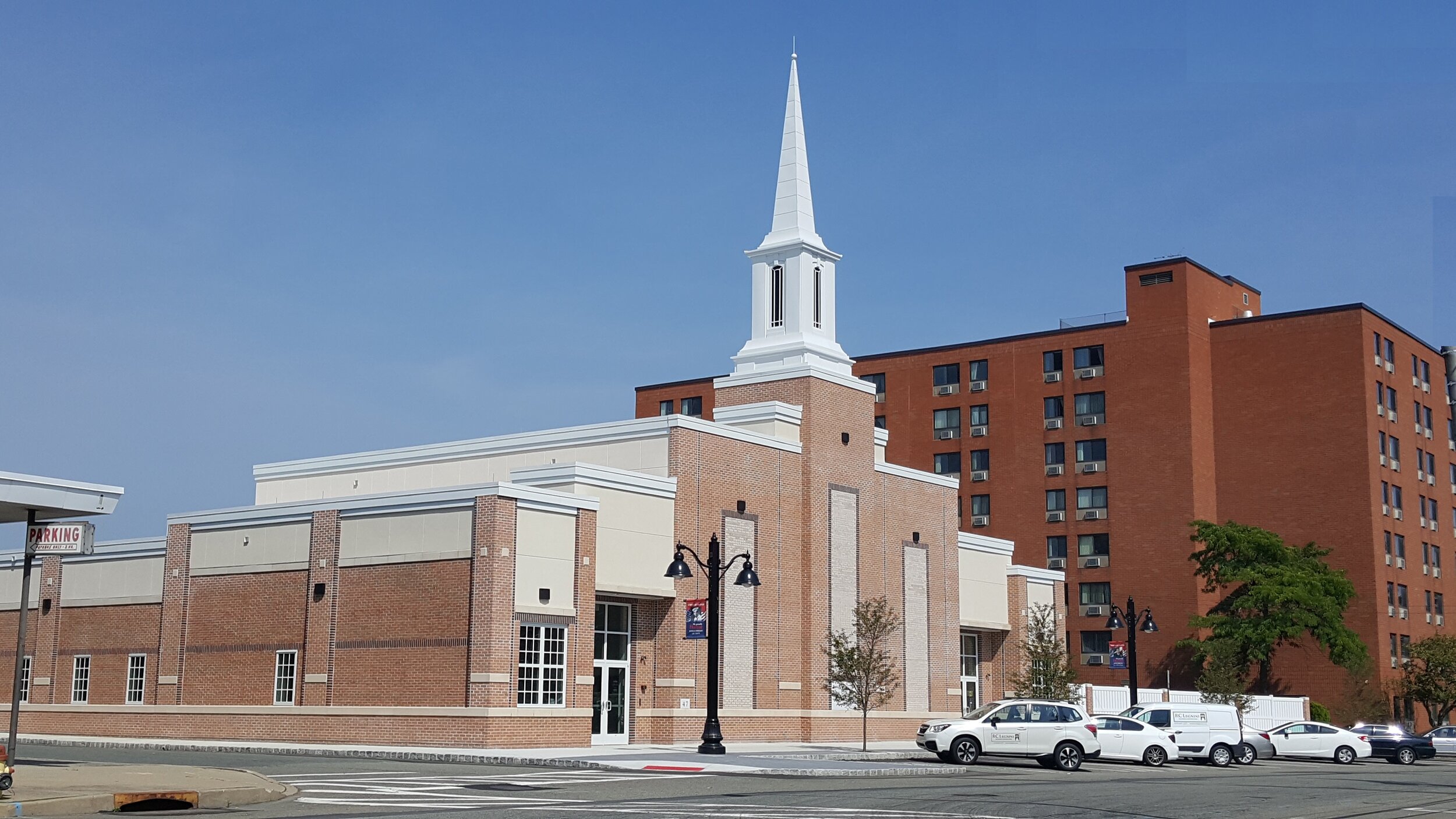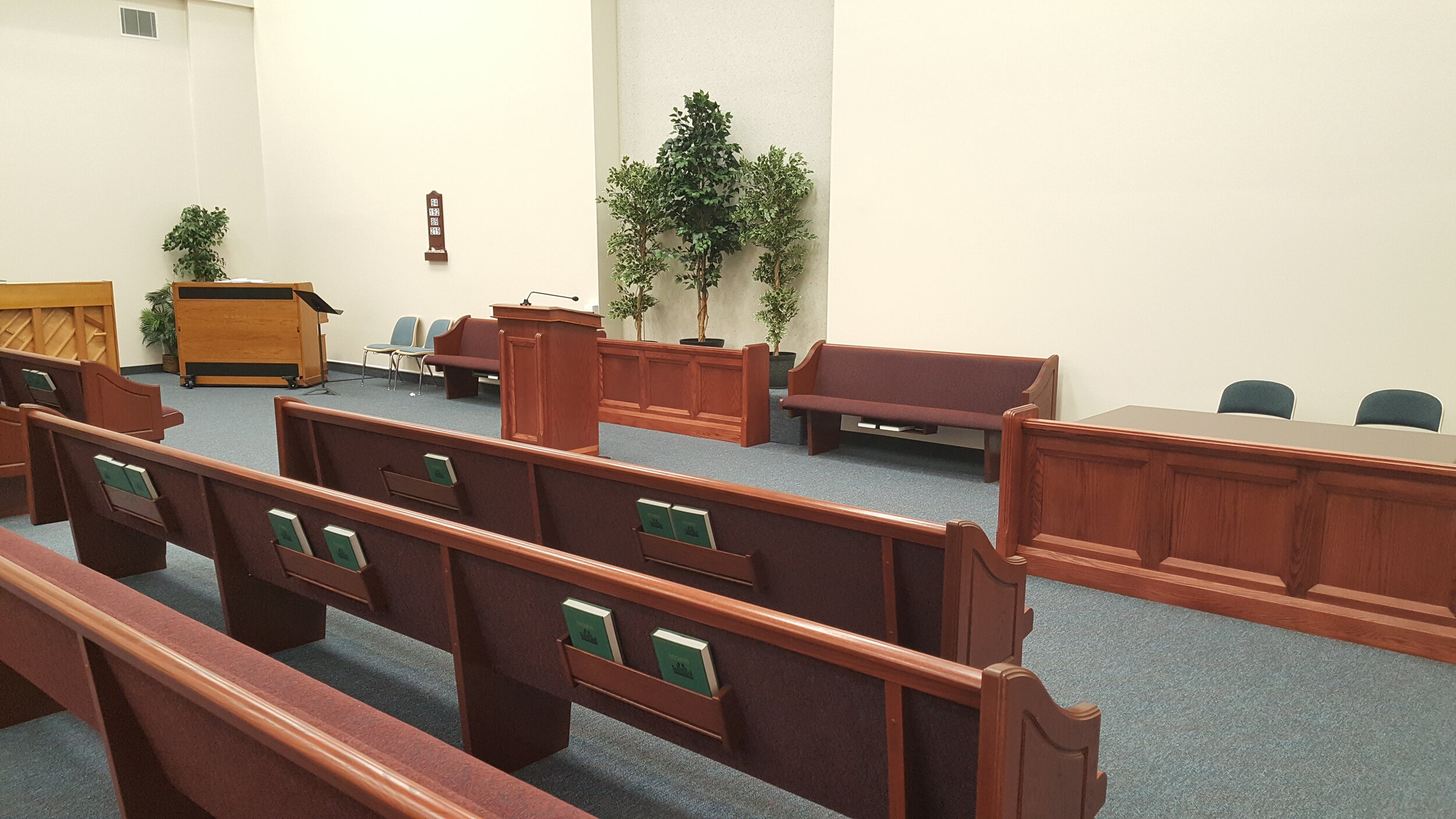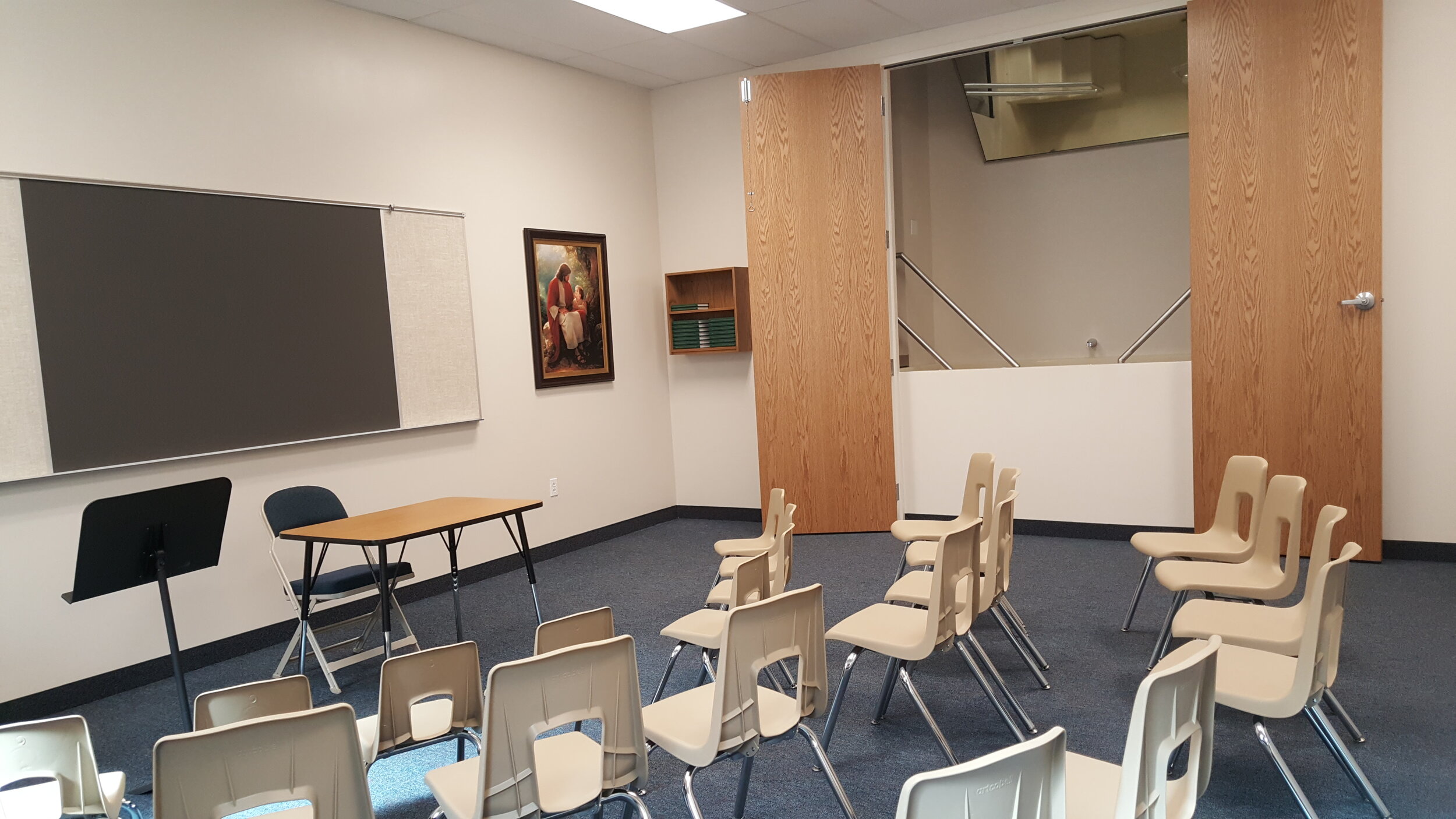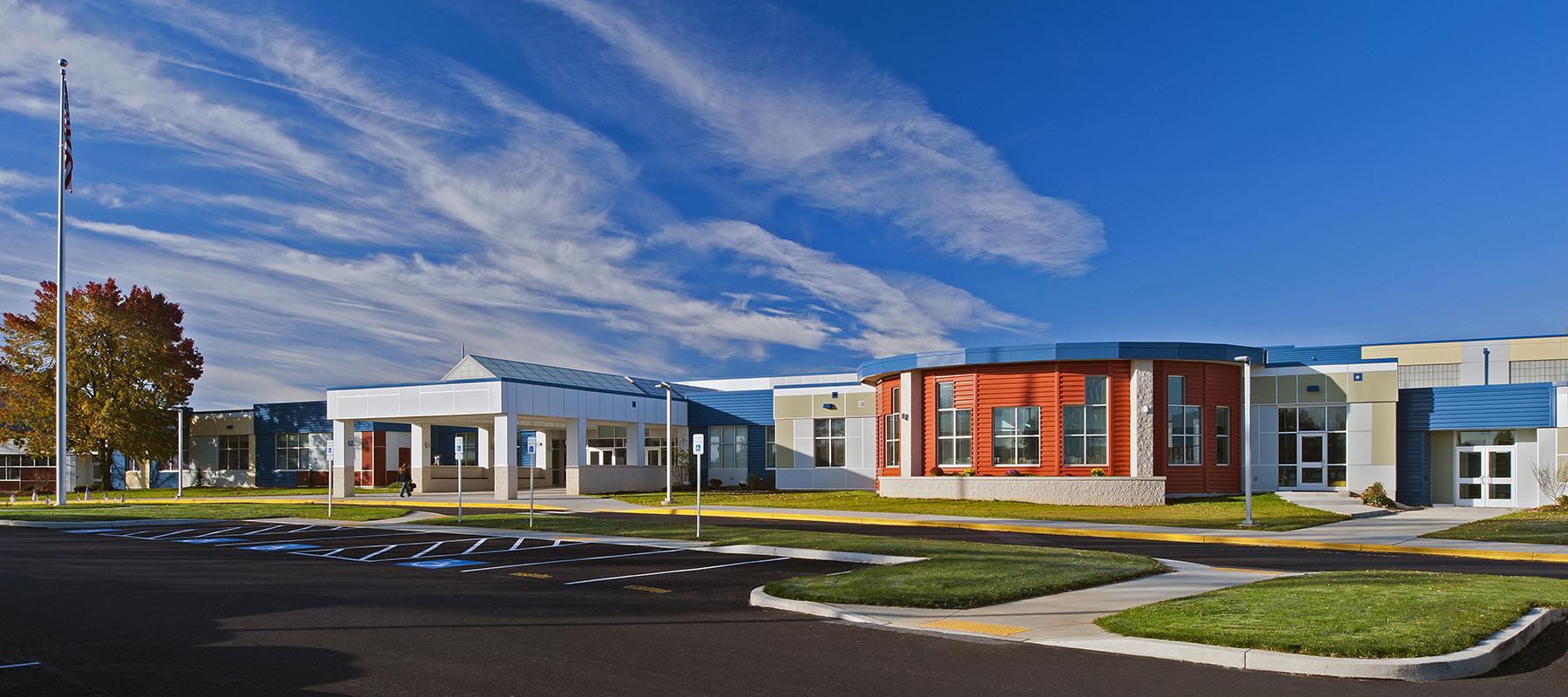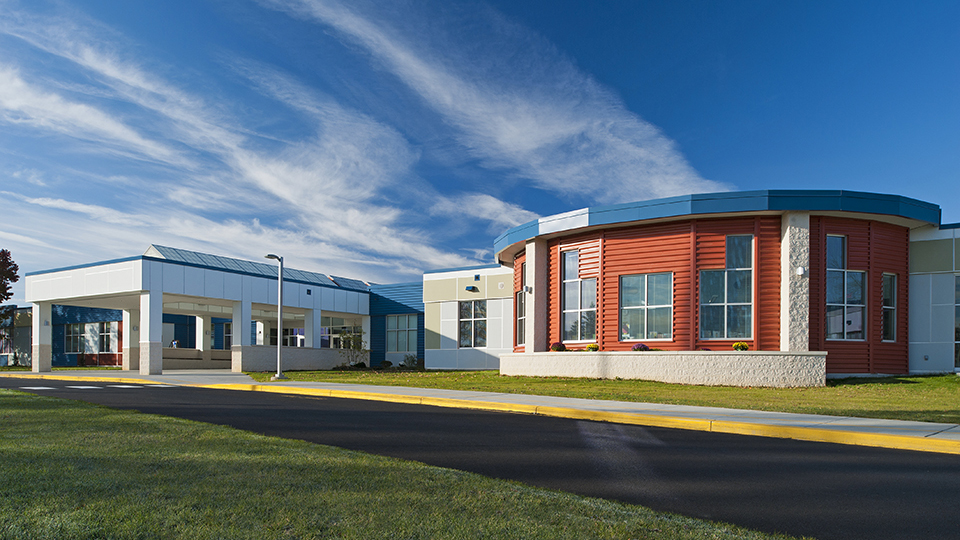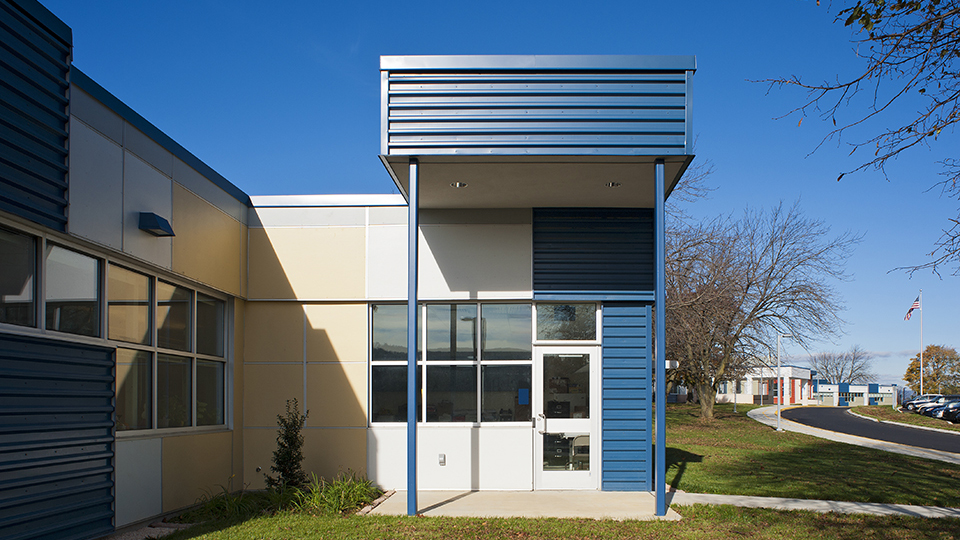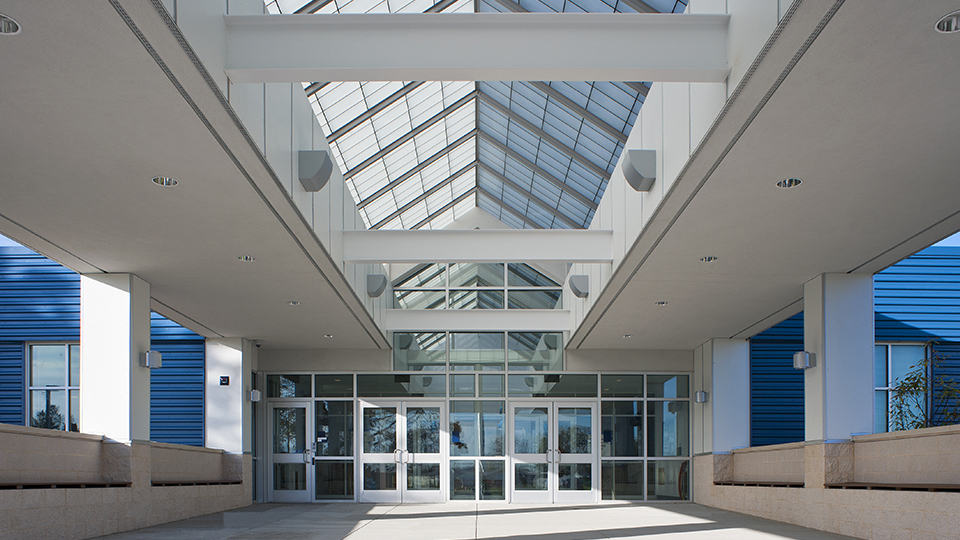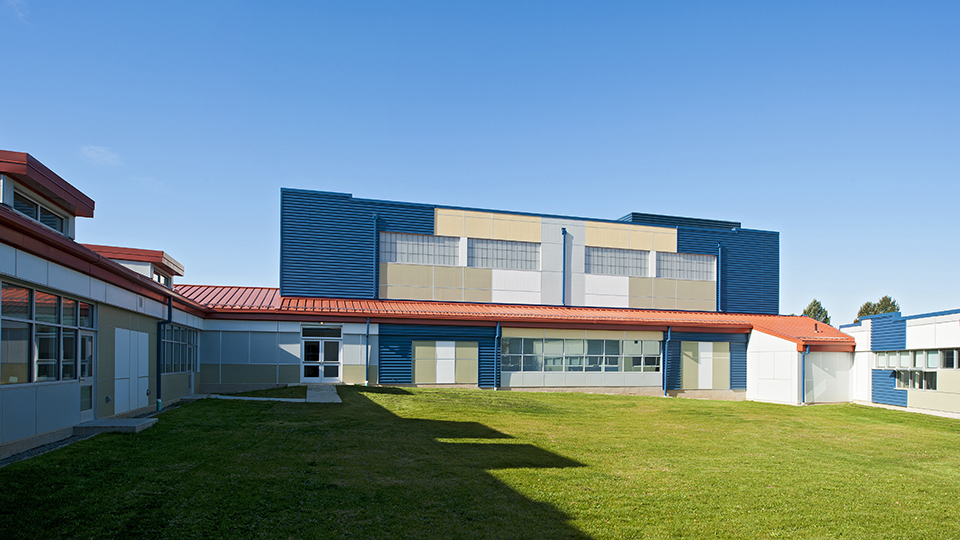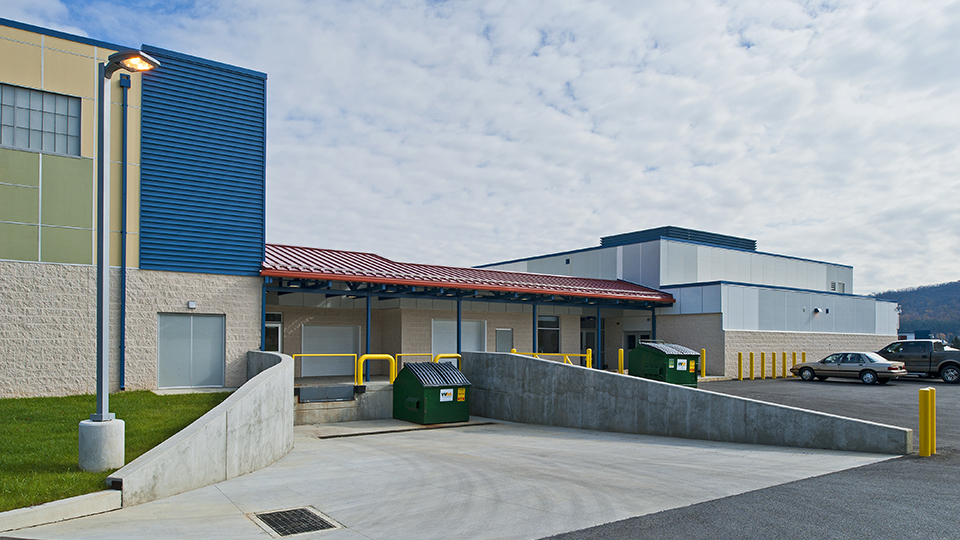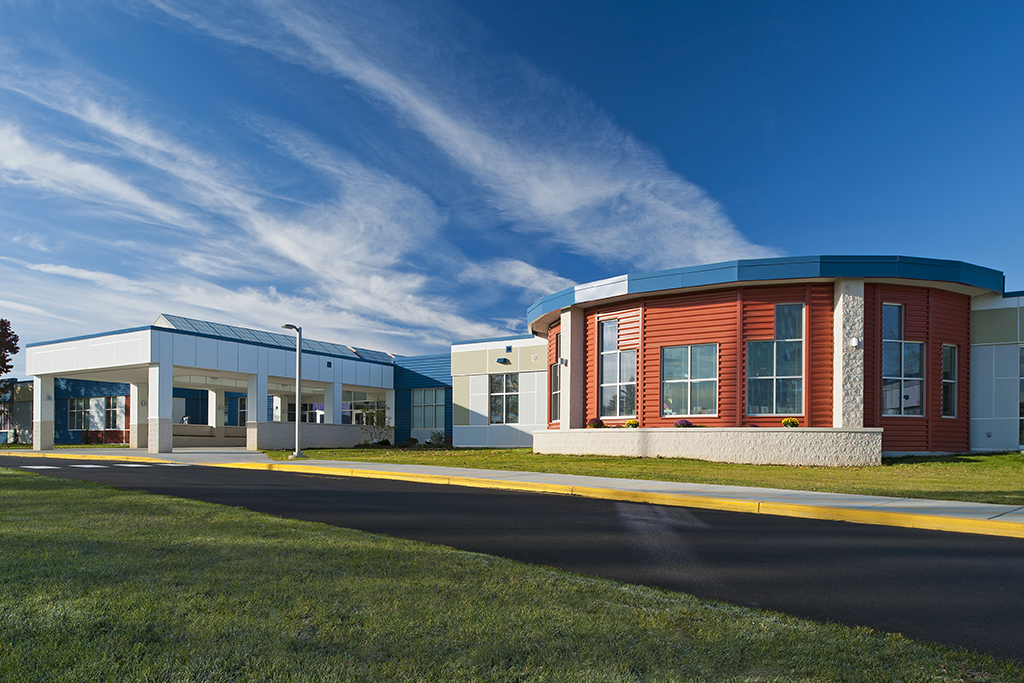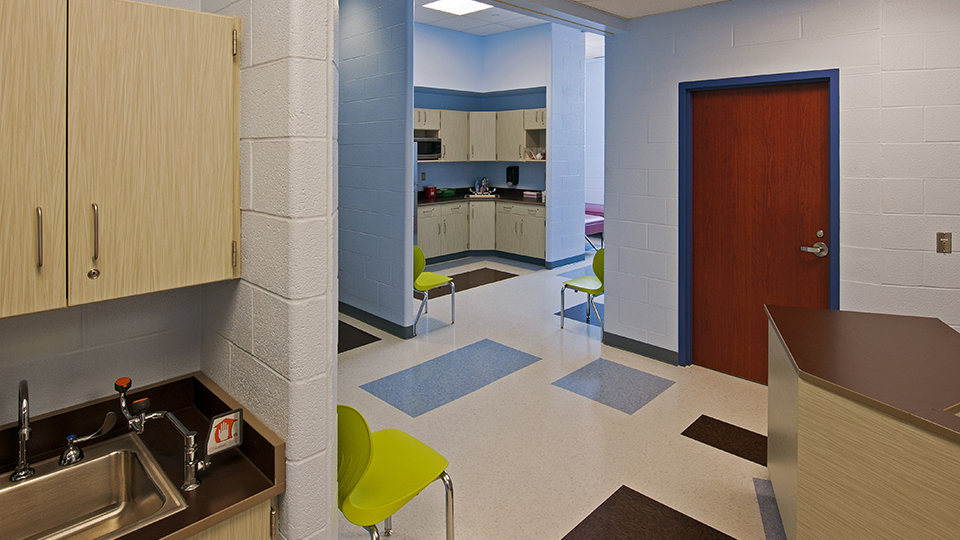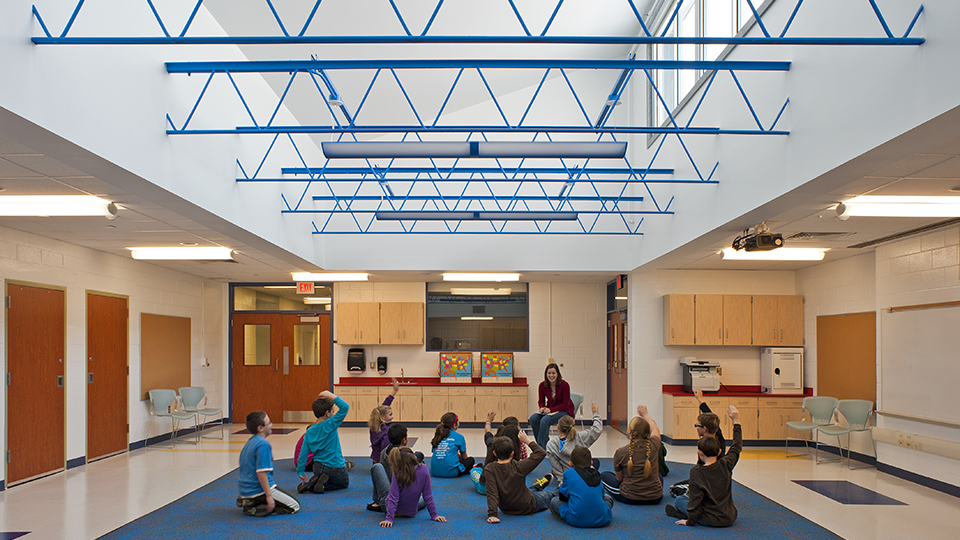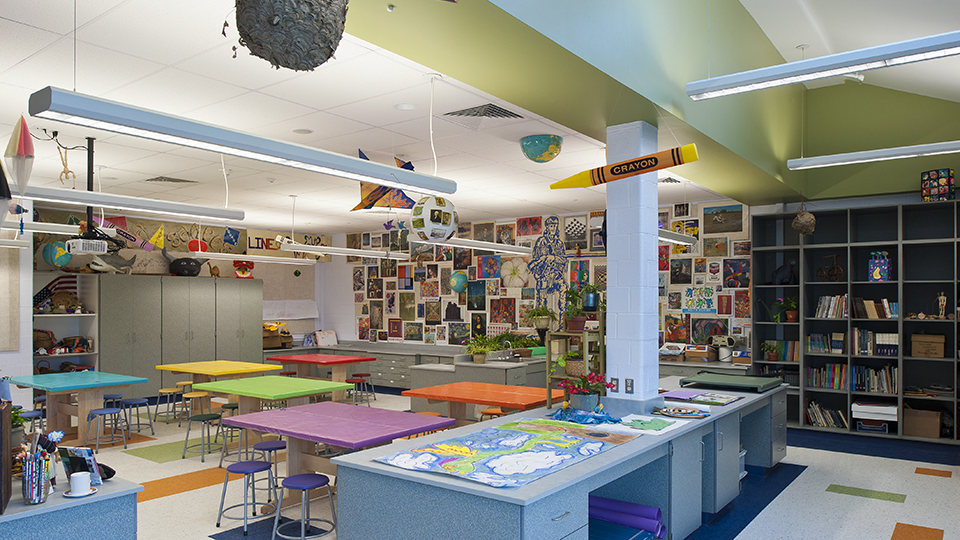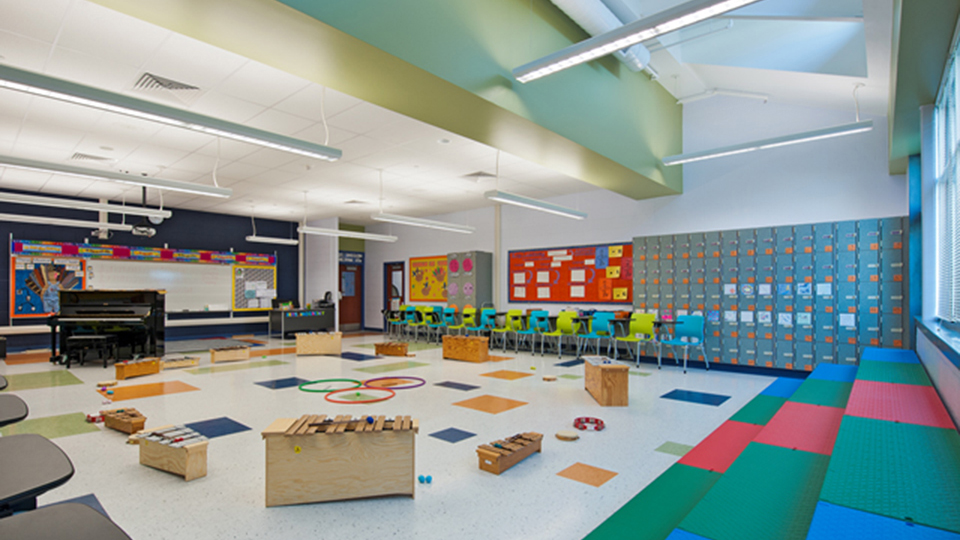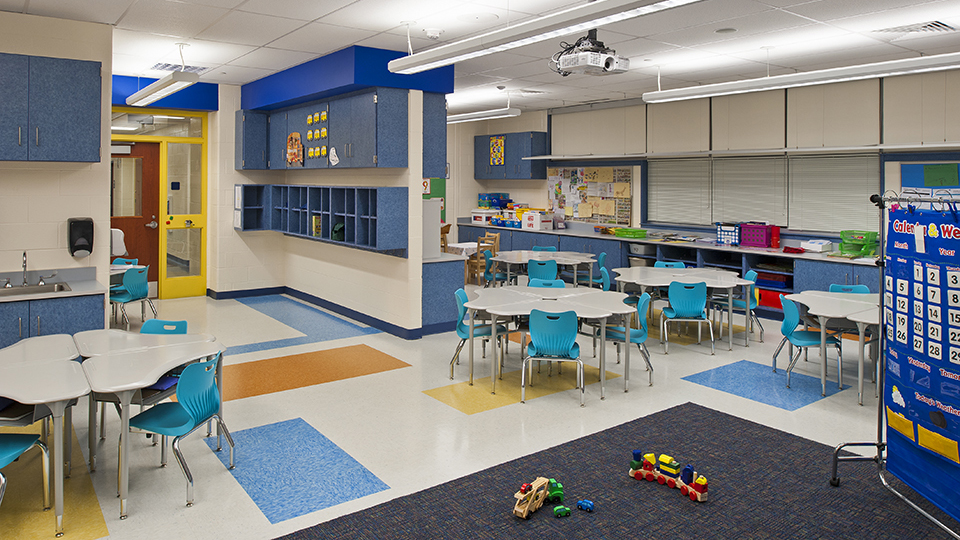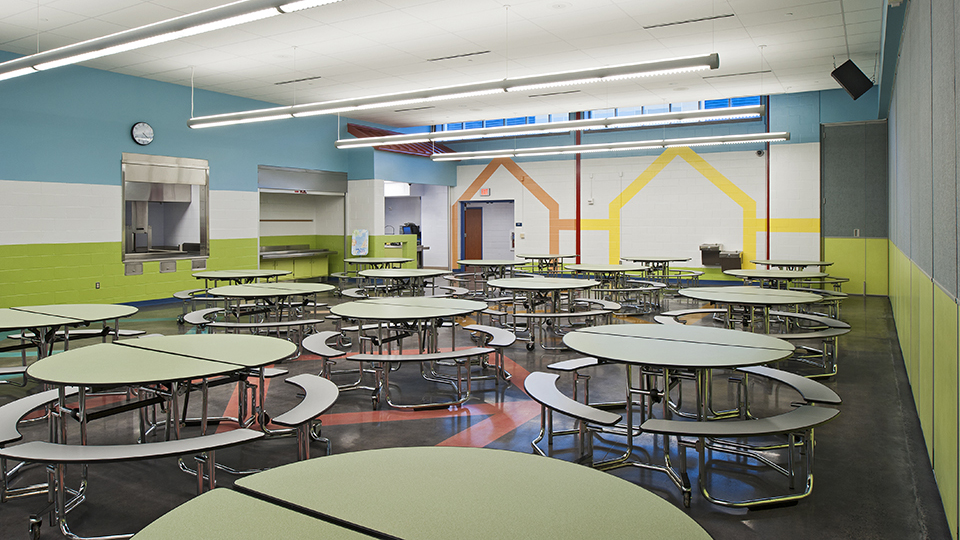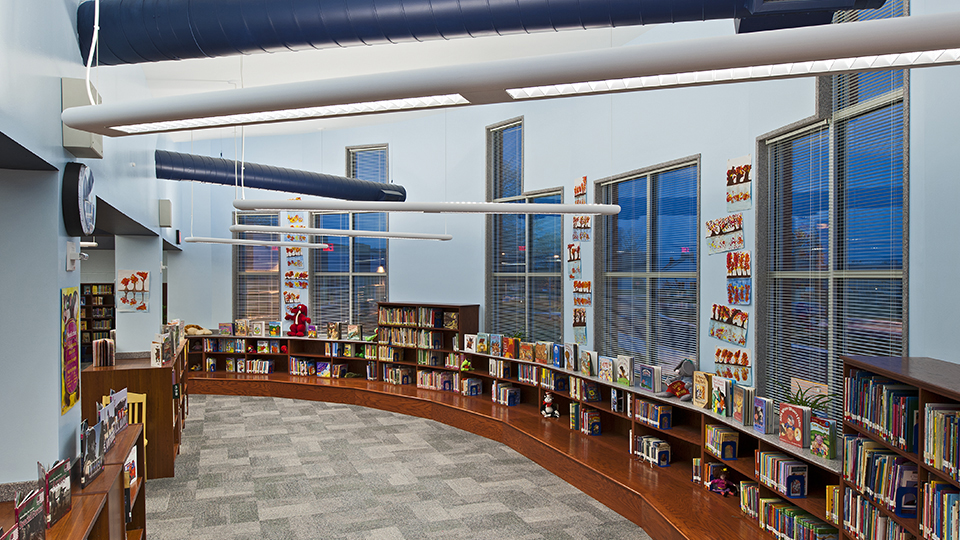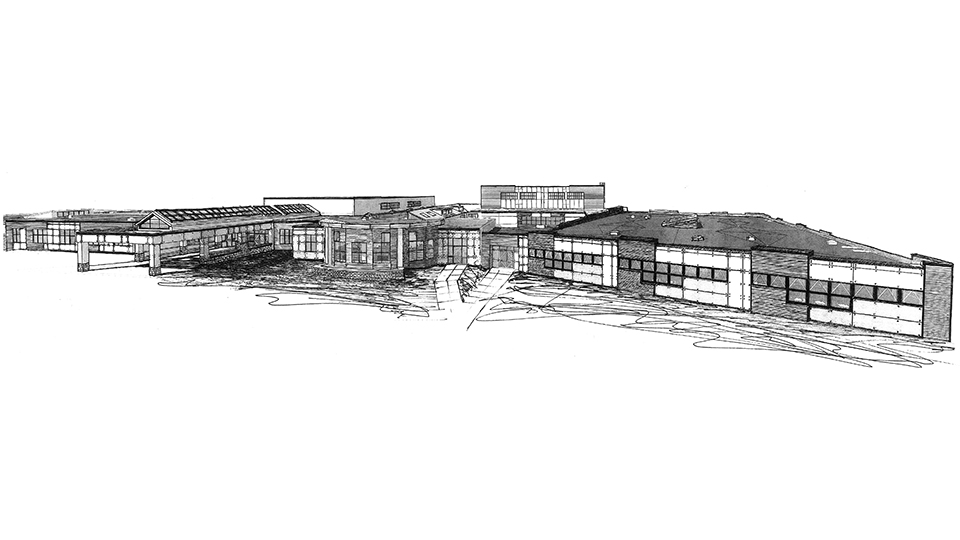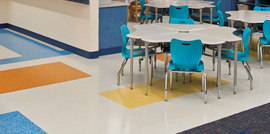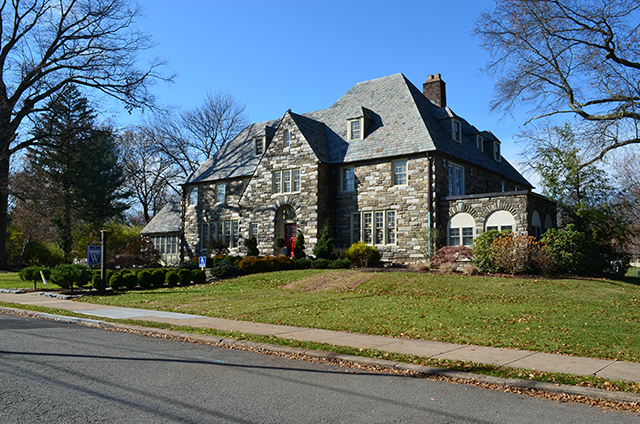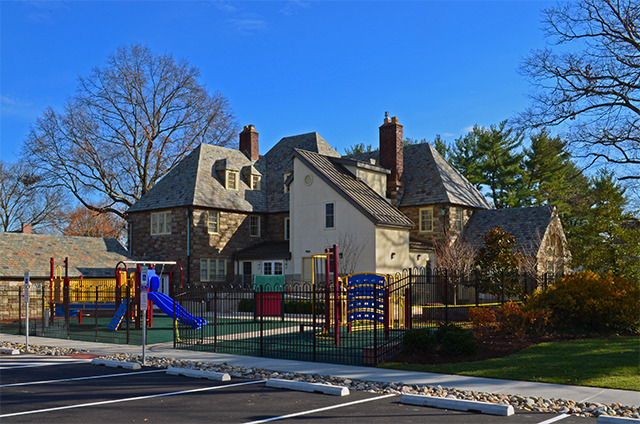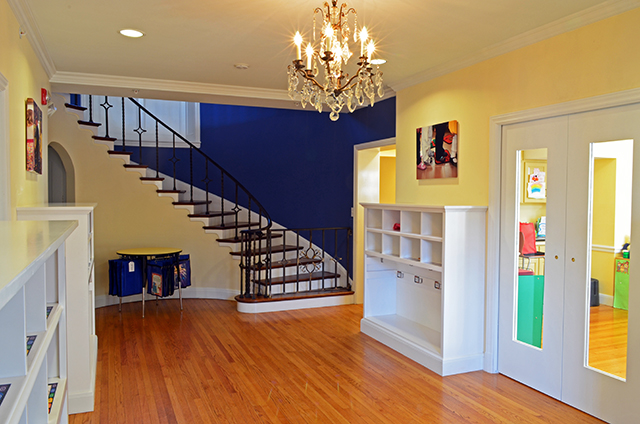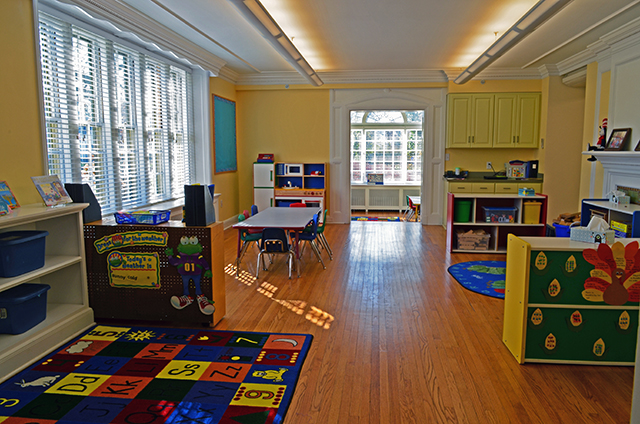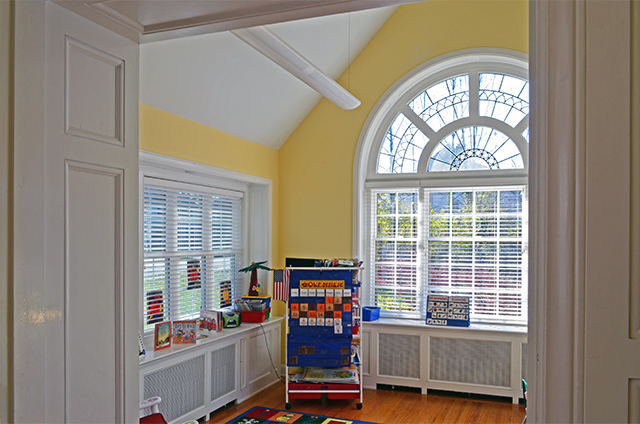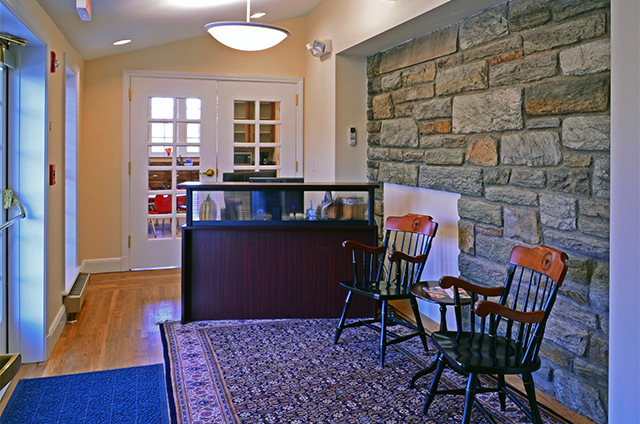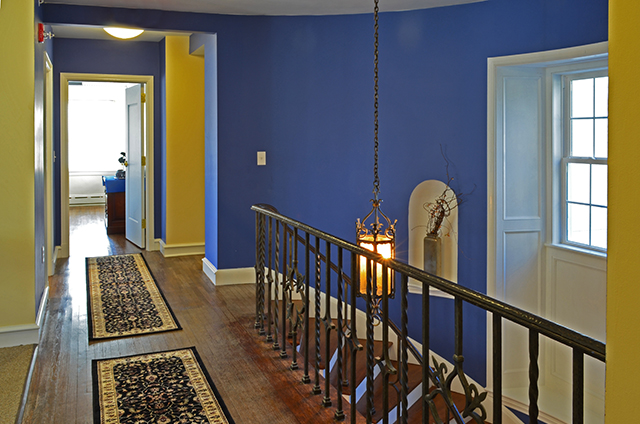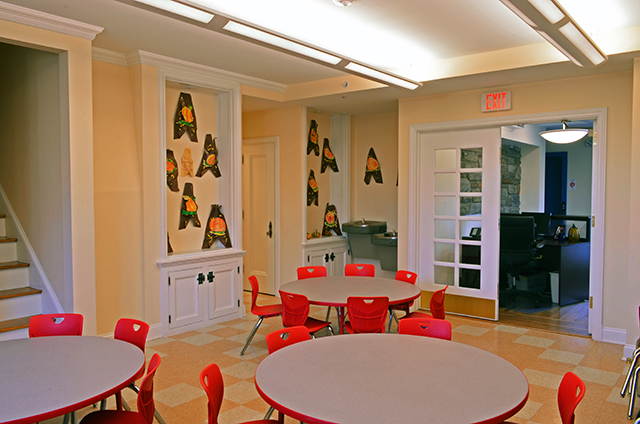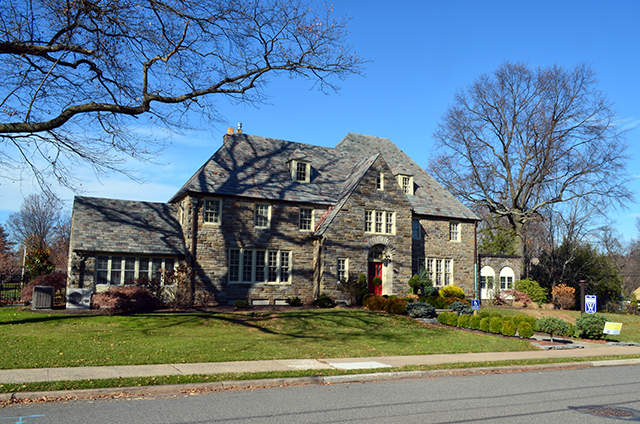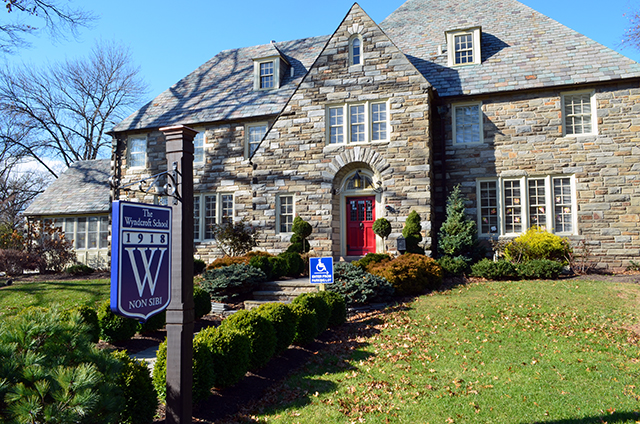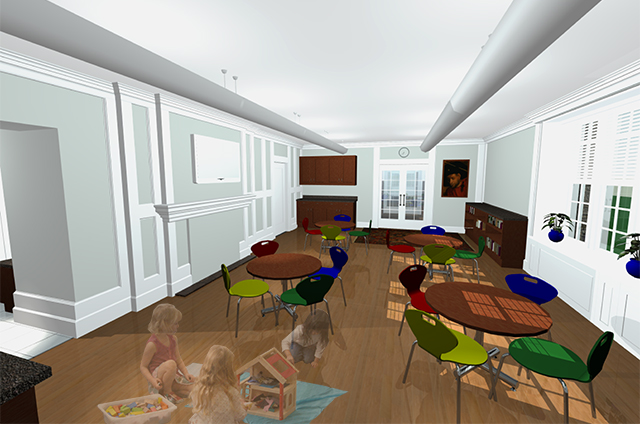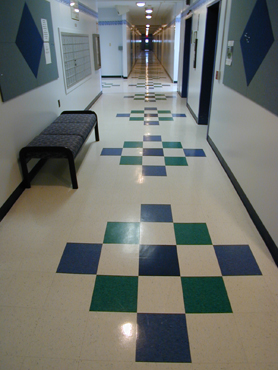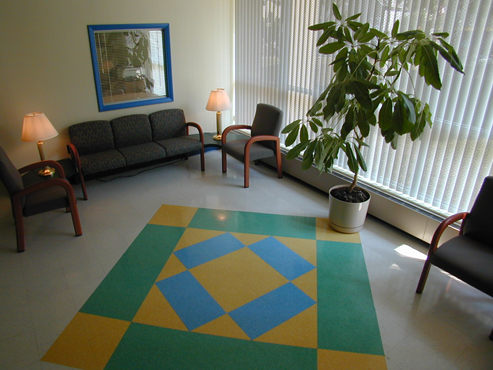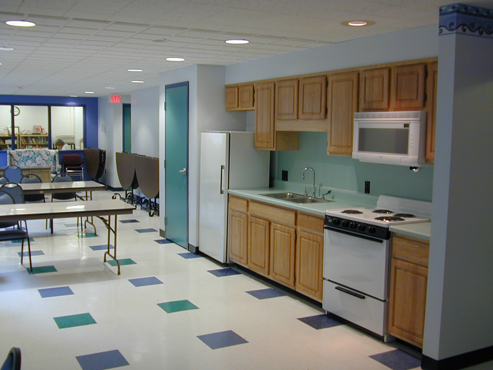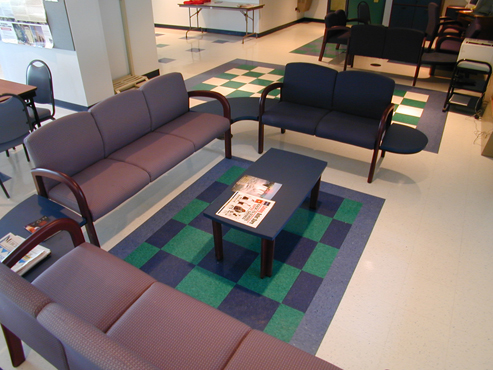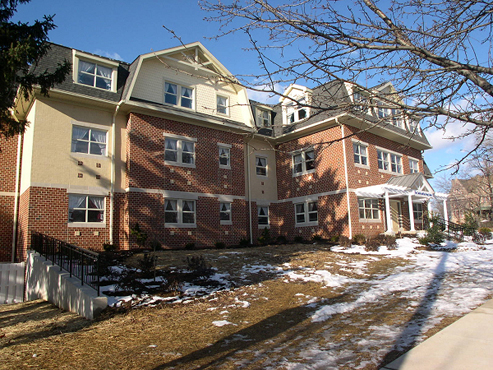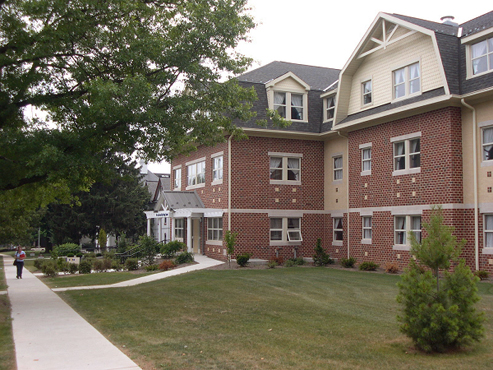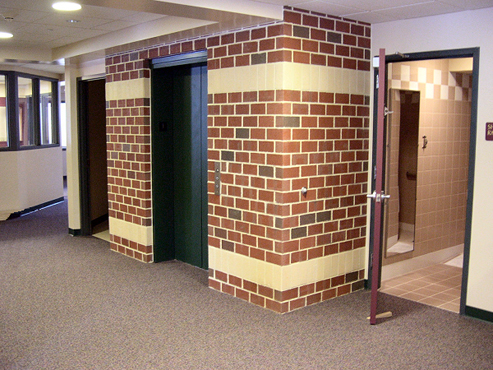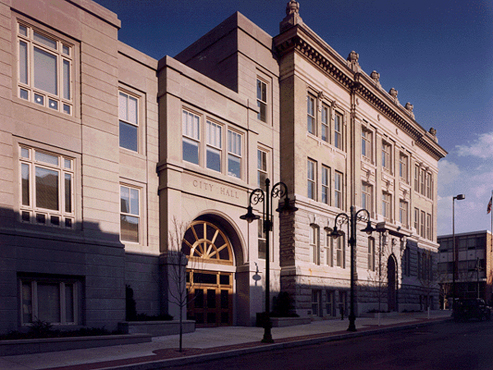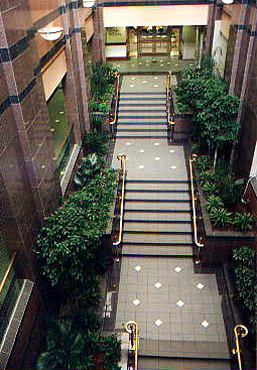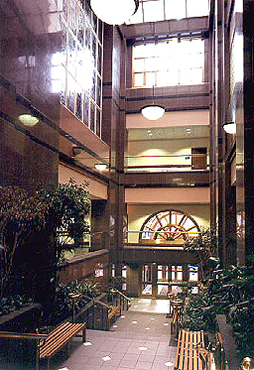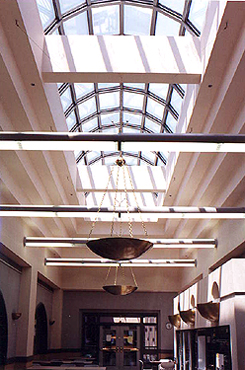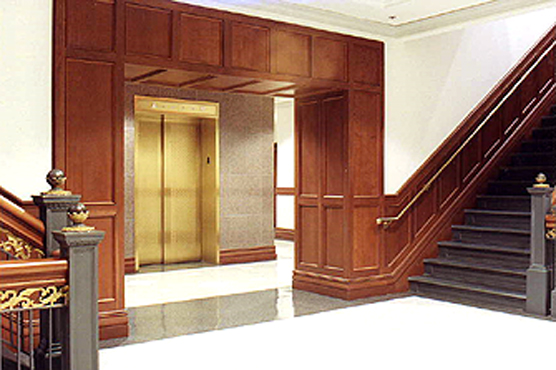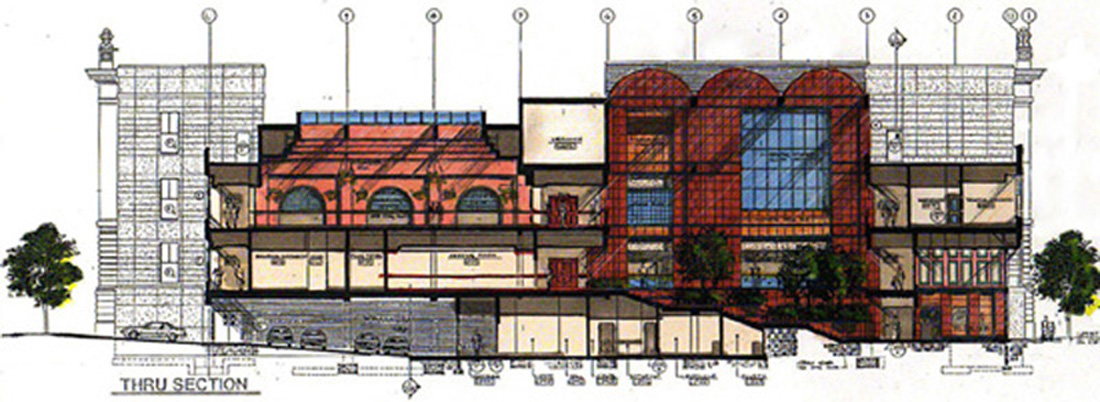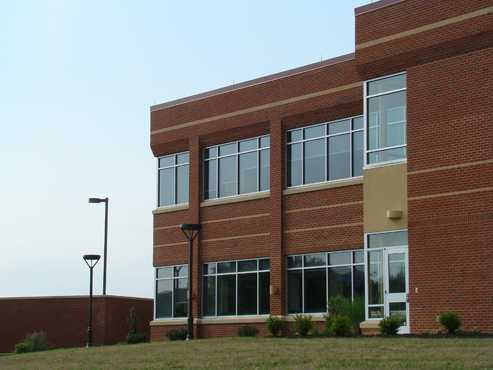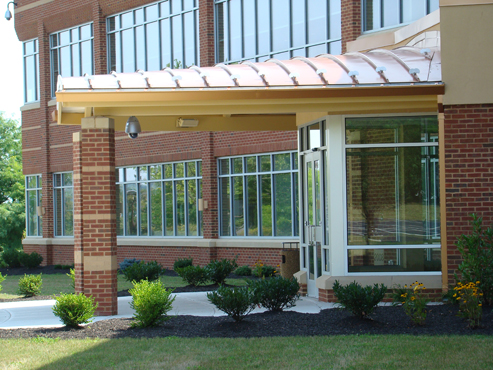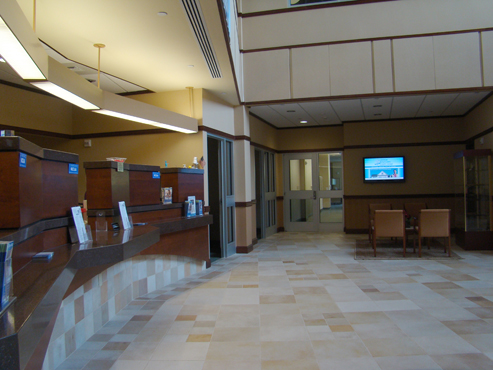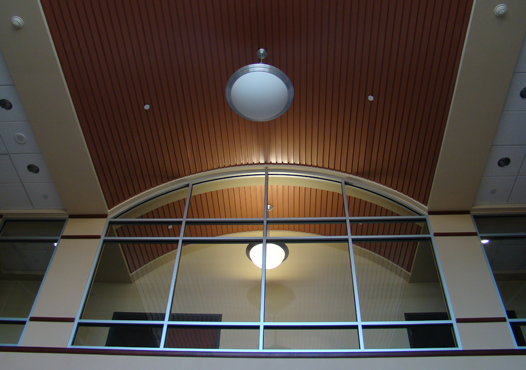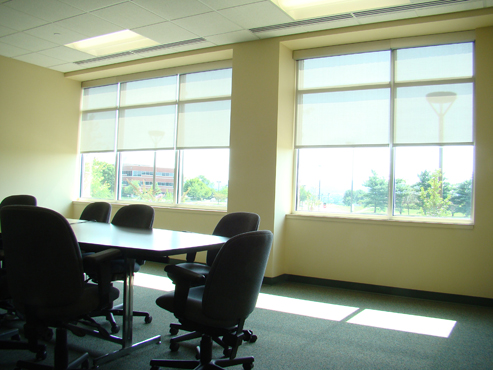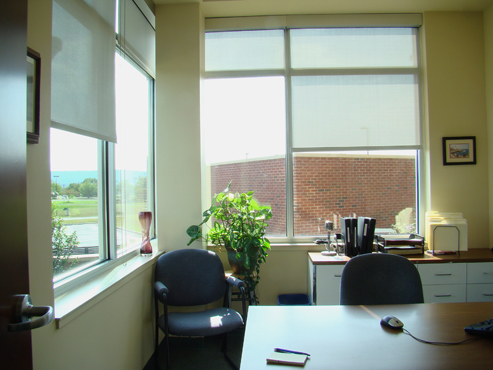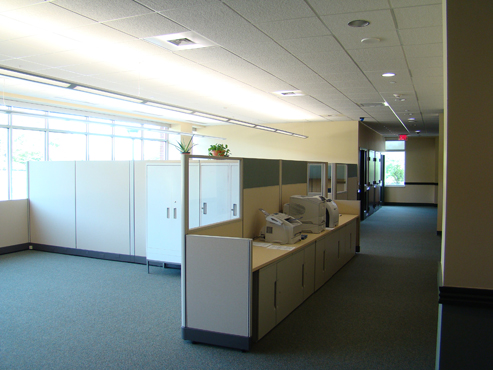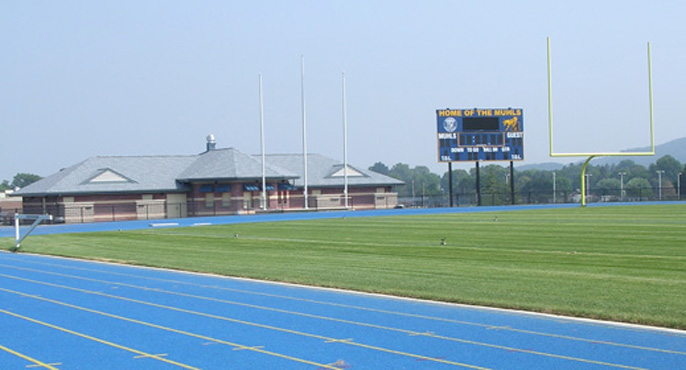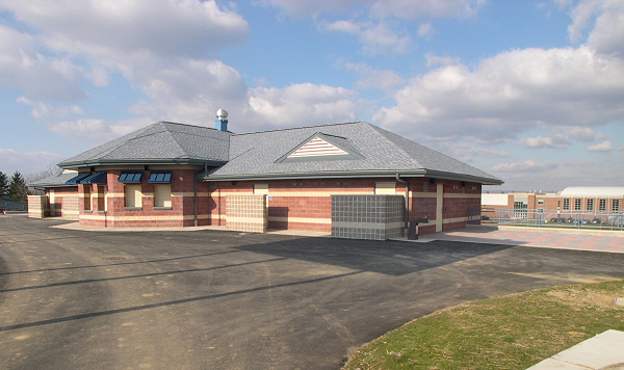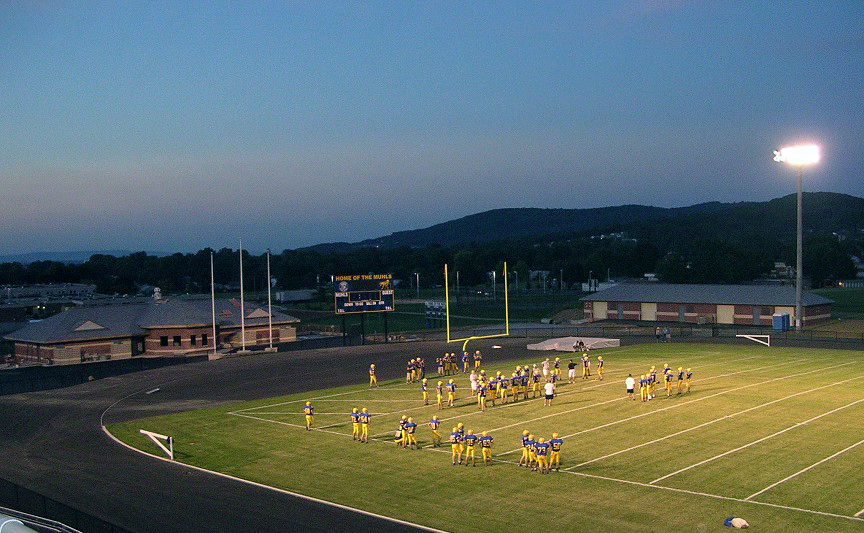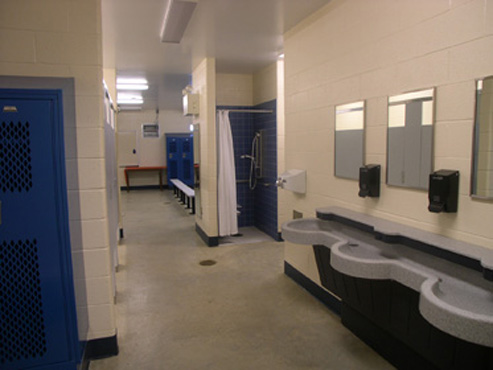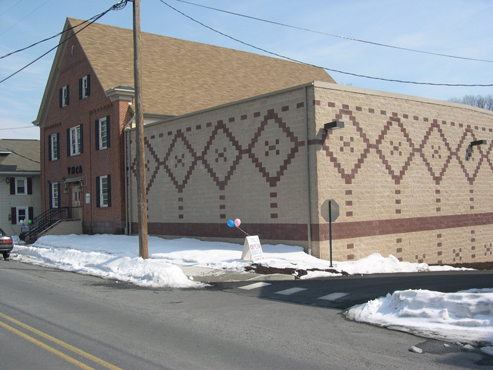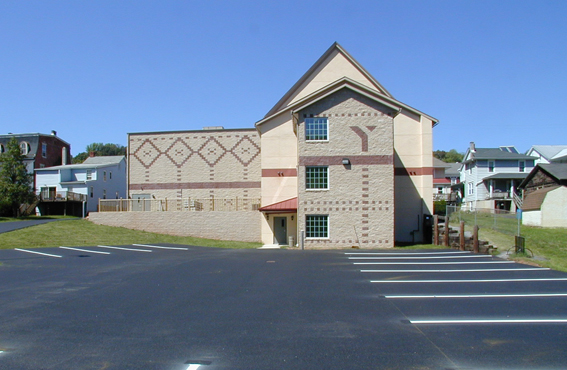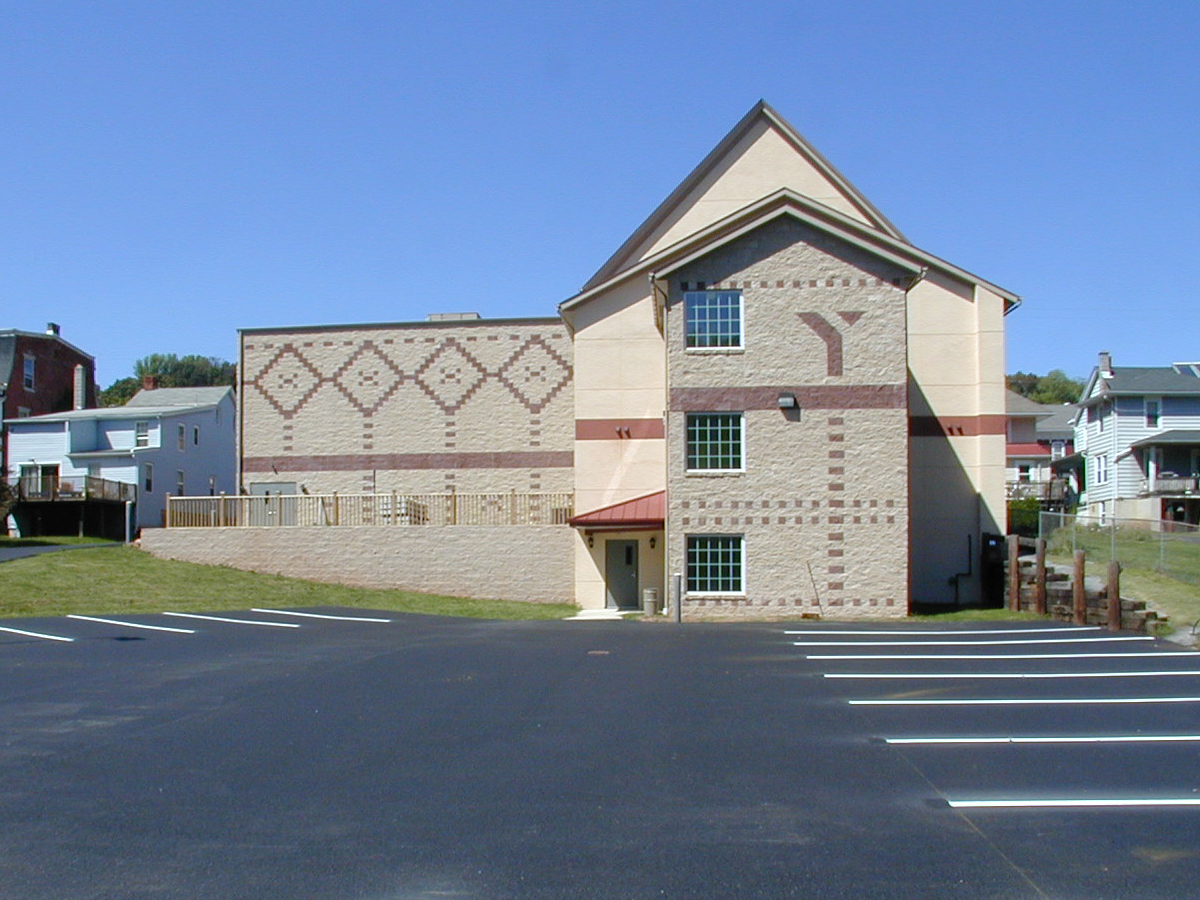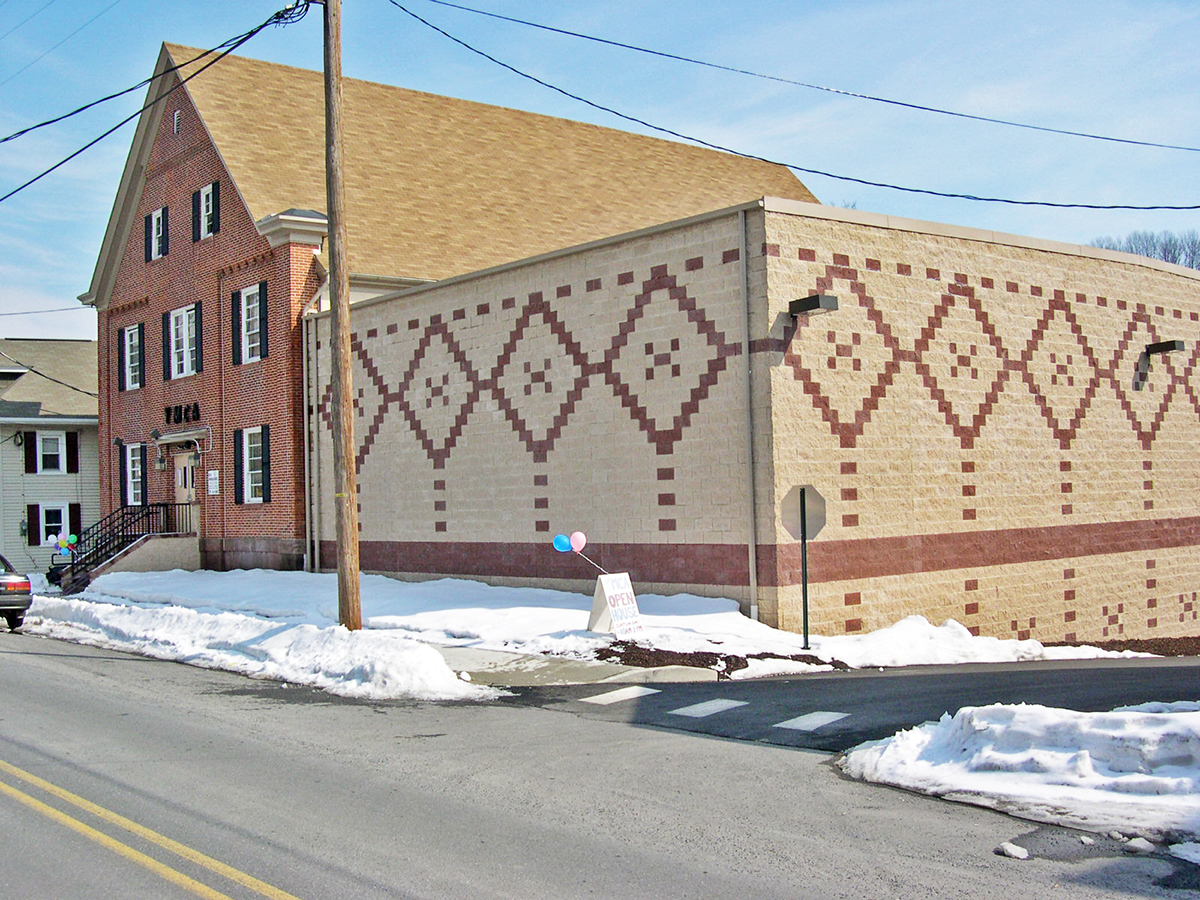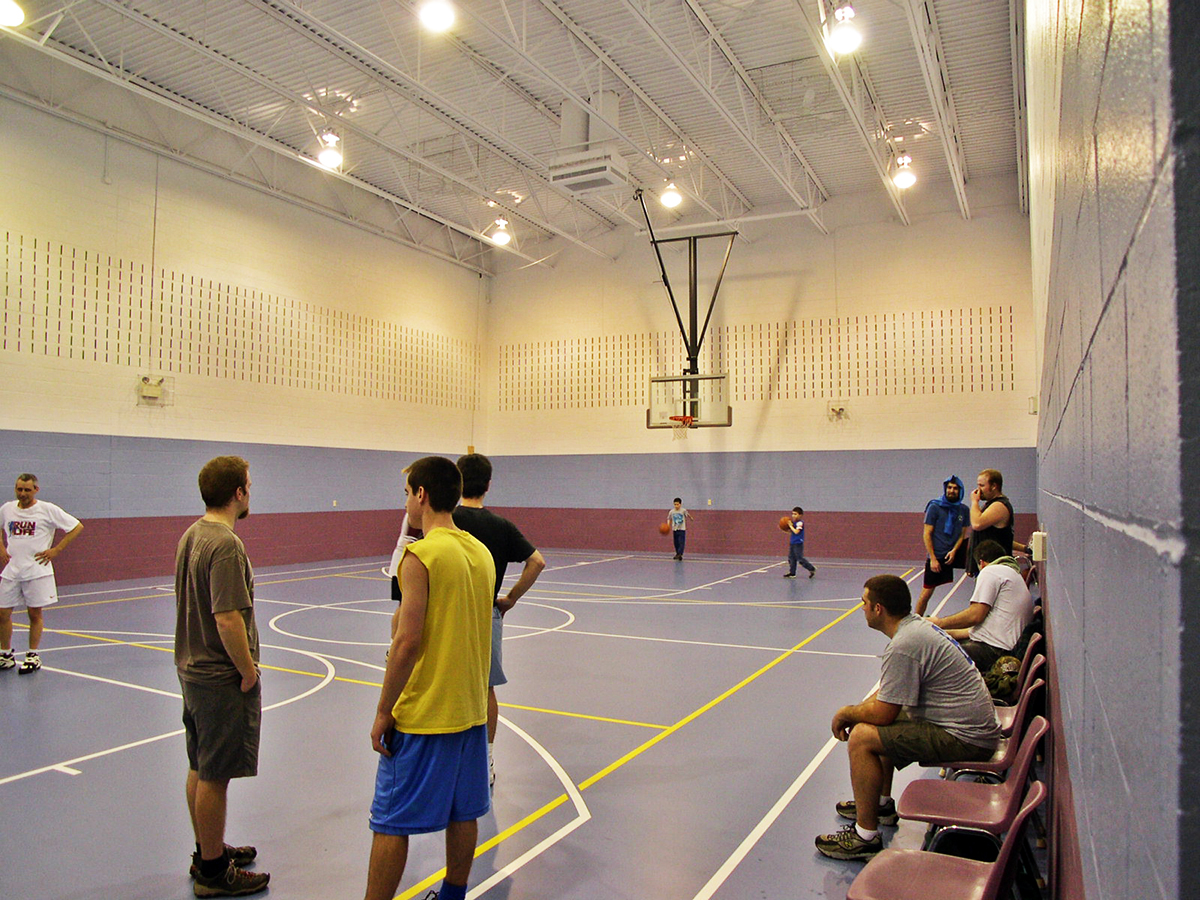Select Completed Projects Portfolio
A sample of our premier and award-winning architectural projects.
Entrance Security Improvements
K-12 Public School Security Enhancements to establish a secured vestibule and administration space with a sophisticated entry sequence featuring electronic access controls.
The Upper Perkiomen School District initiated a project to enhance the main entrance of an elementary school, aiming to establish a secured vestibule and administration space with a sophisticated entry sequence featuring electronic access controls. The modifications involved strategic design considerations to optimize the flow of visitors, ensuring a seamless yet secure entry process. The implementation of electronic access controls added an additional layer of protection, allowing for efficient monitoring and management of access points.
Public Safety Department Relocation
PASSHE project - Public Safety Department Relocation for Kutztown University.
The project encompassed planning, investigating, and designing services to relocate the Kutztown University Public Safety Department. The process began with a detailed survey and analysis of the existing conditions of the approximately 5,200 SF area, and reconfiguring spaces on the 1st Floor and Basement to facilitate the department's move from its original location. Services for this PASSHE project included Architectural Design Services, MEP Engineering and Fire Protection, Cost Estimating, Construction Documents, and Construction Administration services.
Vertis Warehouse and Shipping Dock Addition
Due to growth, a large United States producer of advertising inserts needed to expand their warehouse space. Muhlenberg Greene Architects provided planning and design services for a 48,000 square foot high-bay storage warehouse addition to the company’s existing plant. The project included the construction of new truck docks, mezzanine office space, the design of a new circulation pattern for their existing parking lots, additional trailer storage areas, and air conditioning of the existing plant area.
Press Hall and Mail Room Addition to the Reading Eagle Company
Reading Eagle Company planning and design for the expansion of an existing building to house a new state-of-the-art press. The project required the demolition of several existing structures and the new construction of a 77,000-square-foot addition. The expansion included a new mail room and ancillary spaces for the control room, maintenance shops, mechanical/electrical equipment, three truck docks, and four shipping docks.
A basement level was constructed for ink storage, paper deliveries, and the reel room for the new press. The ground floor provides space for the mail room and houses the inserter and palletizer equipment as well as the main floor of the press hall. The 2nd floor consists of a mezzanine level for the press hall and provides space for the control room, computer-to-plate room, and electrical equipment for the press operation.
The 3rd floor was designed for mechanical equipment surrounding the press hall. The press hall was an open space extending 56 feet above the ground floor level to house a new press. A critical aspect of the planning and management of the construction process for this project was the requirement to maintain the daily operation of printing and shipping the newspaper.
Spring Township Municipal Building Addition and Alterations
Muhlenberg Greene Architects prepared a feasibility study to review the Spring Township municipal departments’ current and projected needs and to analyze the functions and interactions of the various operations. The Master Plan study resulted in a project which included expanding the existing building to create a new meeting room for public gatherings and municipal functions, as well as creating additional office space.
The project also included renovating the existing office areas with a focus on creating flexible workspaces for the various departments, enabling them to adapt to future changes. The alterations were designed to complement the existing facade and bring daylight into the building beyond the perimeter offices, which had previously limited the natural lighting in the building. Construction activities were carefully phased to allow the Township to maintain its operations.
Congregation Gets a New Facility
A former J.C. Penney department store, built in the 1950s, was adapted to accommodate a growing congregation in New Jersey. Located on the western edge of downtown Dover, the building was home to a flag factory, which had been closed for about five years.
Muhlenberg Greene Architects designed a new 10,000-square-foot chapel under one 30,000-square-foot roof, combining two local congregations poised for growth. The store building was converted into a church, which required bringing it up to code, and the addition of a 40-foot steeple.
Read more about the project in this article from The Daily Record.
Read more about the project in this article from Religious Products News.
Conrad Weiser West Elementary Additions and Renovations
The newly expanded and renovated Conrad Weiser West Elementary School was completed in time for the 2012 school year, and thrilled students and staff alike. The original building was completely renovated, including an expanded Library and a new, full Gymnasium. The school serves grades Kindergarten through Fourth Grade, and the project achieved LEED Silver Green Building Certification. The additions and renovations were designed to address the need for additional classroom space, upgrade the 42-year-old infrastructure, address accessibility, security, and building code issues, and provide an improved environment that meets current standards for staff and students.
The design reused much of the existing building and recycled many of the materials that were removed during the project. The high-performance school building uses energy-efficient technologies for the operation and control of the mechanical systems, daylight harvesting to maximize natural light in the occupied spaces, along with energy and water-conserving plumbing fixtures.
The existing building was an all-electric facility, constructed prior to the energy crisis of the early 1970s. The new design utilizes natural gas service to reduce energy costs for heating, cooking, and hot water needs, and a new, state-of-the-art geothermal heat pump system for classroom heating and cooling. Through the use of automated building controls, the mechanical and electrical systems reduce energy use and assist the District in reducing its carbon footprint.
The new building incorporates modern systems and controls that provide a healthier interior environment, designed to support and encourage the educational program. Healthier environments are created by improved ventilation systems that effectively circulate and filter adequate air volumes through the spaces, combined with natural daylight to help stimulate the students and staff. The materials selected have been chosen to prevent the circulation of harmful chemicals and dust.
The Wyndcroft School Renovations and Additions
The original historic building was a 1930-circa stone residence, historically called the Pollock Mansion, featuring solid stone exterior walls and a slate roof. The renovation and preservation of this home involved the conversion of the former residence for use as an Early Education Center by the Wyndcroft School. The interior renovations included the construction of an accessible toilet room on the 1st floor, the construction of student toilet rooms for the classroom areas, and modifications to the 2nd floor for a reception area for the administration offices. The project includes a new playground for the students in the rear of the site.
Additional alterations include improvements to finishes, the addition of classroom amenities, window replacements, and code-related improvements. The mechanical and electrical systems were all upgraded, including the installation of an automatic sprinkler system for fire suppression. The addition in the rear of the building provides an accessible entrance, along with an elevator for accessibility to the basement, 1st, and 2nd floors, and an exit stair to connect all levels with a protected means of egress.
Reading Housing Authority Interior Renovations
Muhlenberg Greene Architects provided design services for the interior renovations and upgrades to five public housing units for the Reading Housing Authority. Facilities covered include Rhodes Apartments, Eisenhower Apartments, Hubert Apartments, Franklin Towers, and Kennedy Building Towers.
The renovations included new VCT flooring, replacing furnishings for common areas, replacing ceilings, upgrading lighting, and new paint finishes. The upgrades provided a new color scheme for common areas, activity rooms, and corridors.
Carole and Ray Neag Center at the Children's Home of Reading
Muhlenberg Greene Architects initiated the planning and programming for the new 72-Resident Treatment Facility at the Children’s Home of Reading as part of a master plan study for the Home’s campus on Centre Avenue. The design and construction of the residential treatment center was the first phase of the plan to be implemented.
The center consists of a 36,000-square-foot, 3-story, building that houses 72 residents. The facility’s design was developed to support modern concepts for adolescent treatment and create a comfortable residential environment. The spatial arrangement and organization allow flexibility among the different programs to provide services in small group settings while maximizing the efficient use of staff.
The exterior facade design of the Carole & Ray Neag Center was developed to be complementary to the historical qualities of the surrounding neighborhood and maintain the residential context. A priority of the design and planning for the building was to permit flexibility to allow for changes in the program and space needs over time.
Reading City Hall Additions and Renovations
Planning, Design, and Construction Administration for the 45,000 sq. ft. addition and extensive renovations to an existing 75,000 sq. ft. City Hall structure. The existing historic building, built in 1908, had undergone its last major renovation in 1928.
The comprehensive renovations were designed to meet the current building code standards requiring all life safety, electrical, plumbing, sprinkler, and HVAC systems to be replaced. Construction phasing was carefully planned to keep all departments of the city government in operation throughout the 2-year construction process. The renovation provided new security features, including audible and visual emergency warning systems.
Read more about the history of The Reading City Hall in the Reading Eagle.



